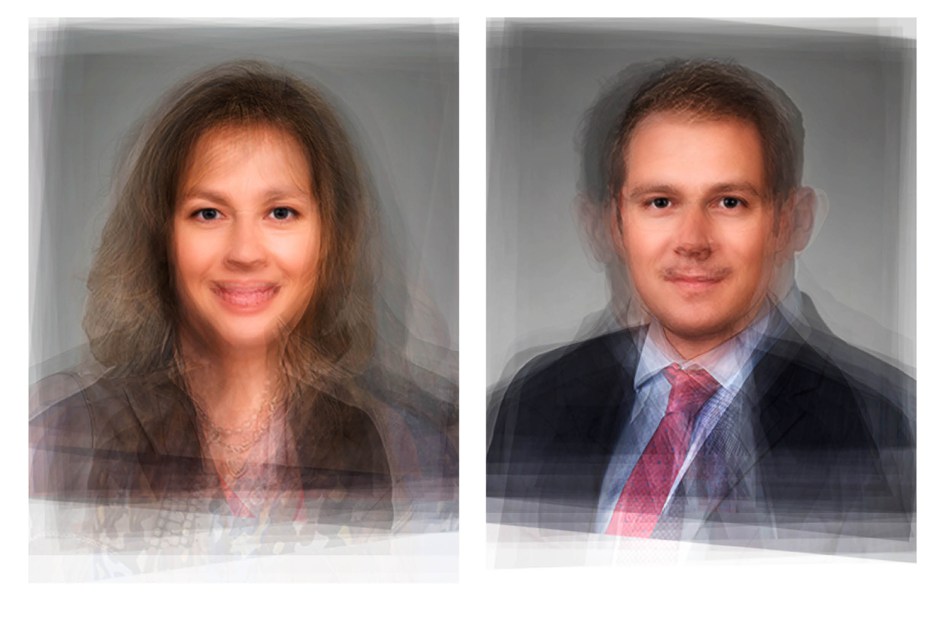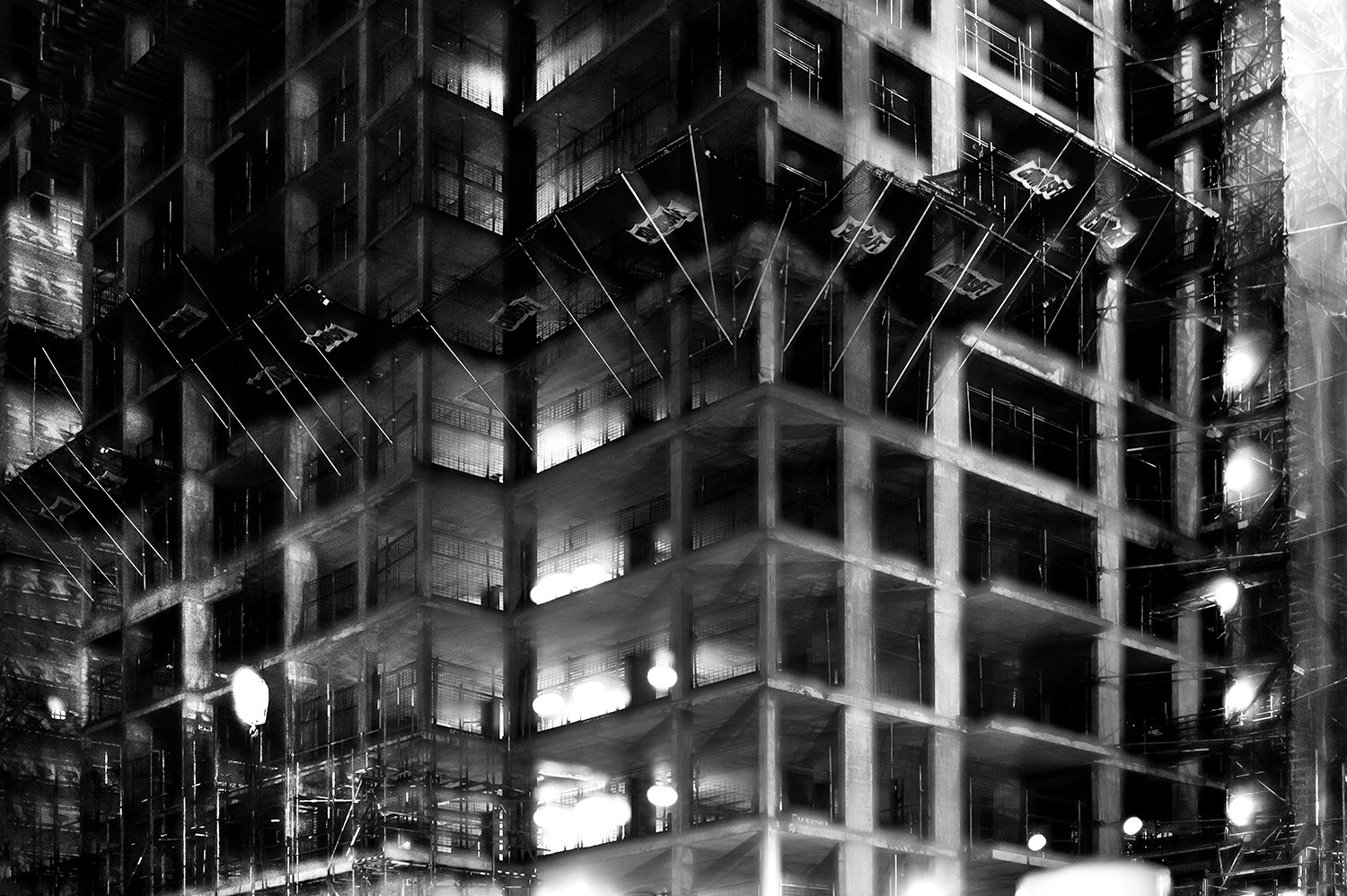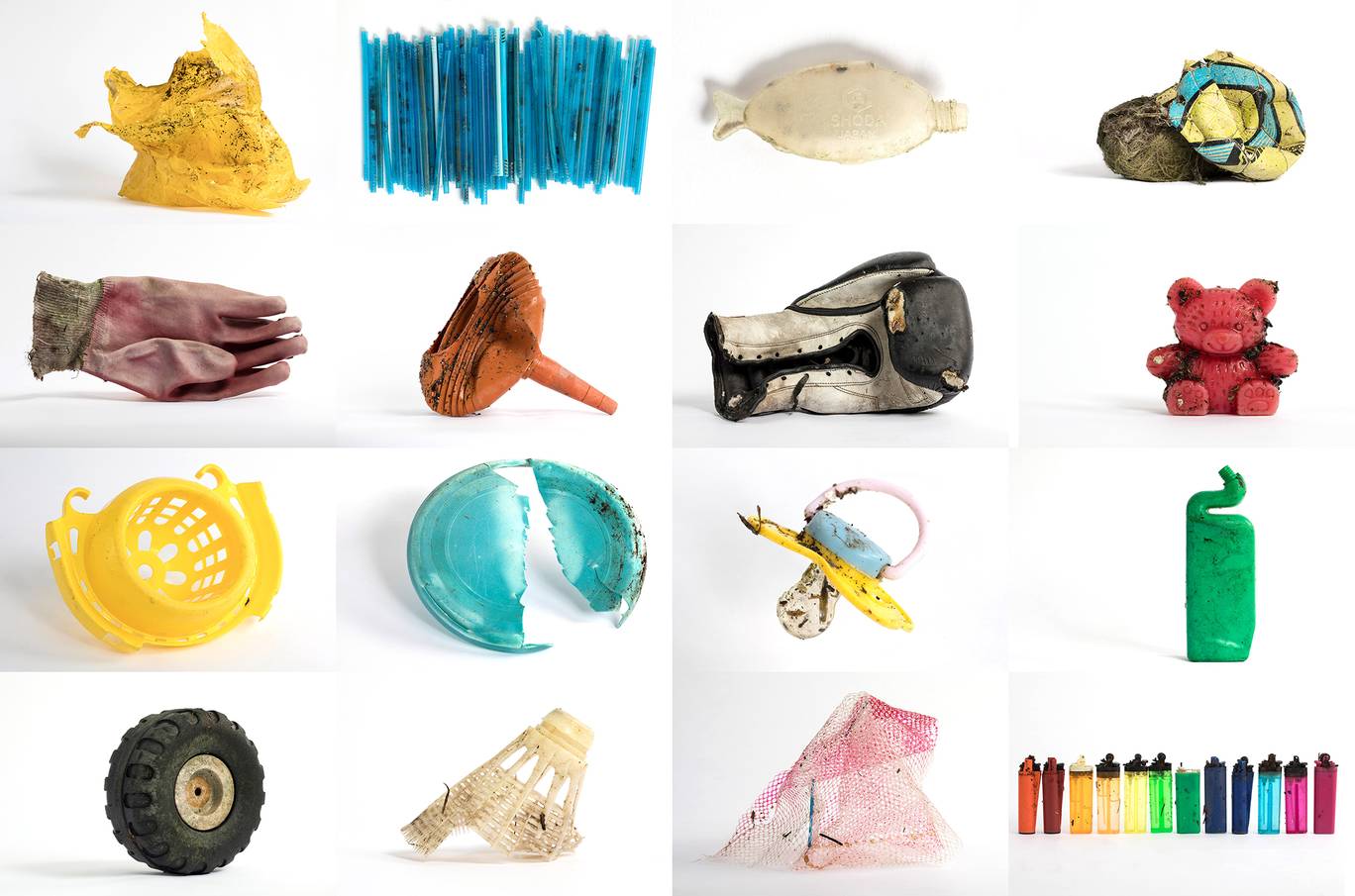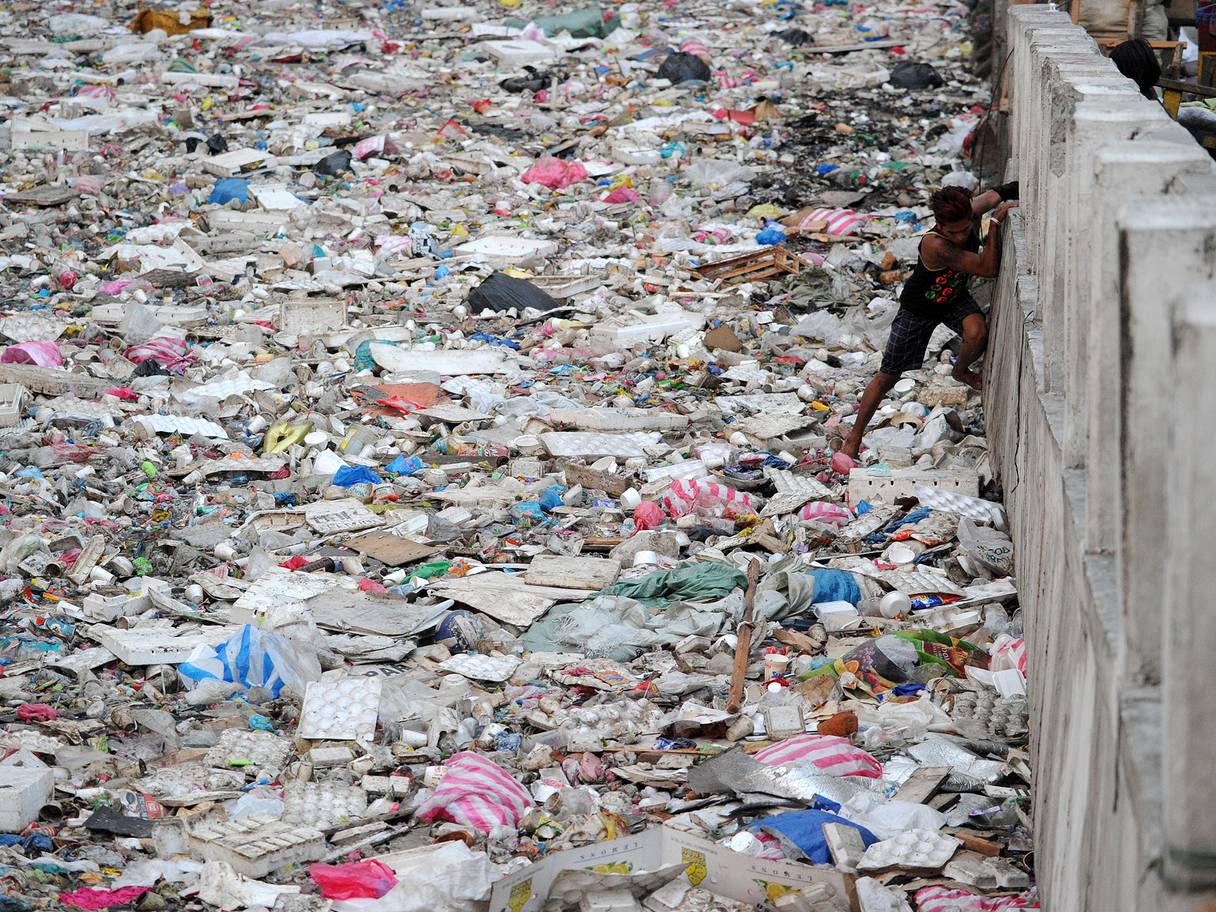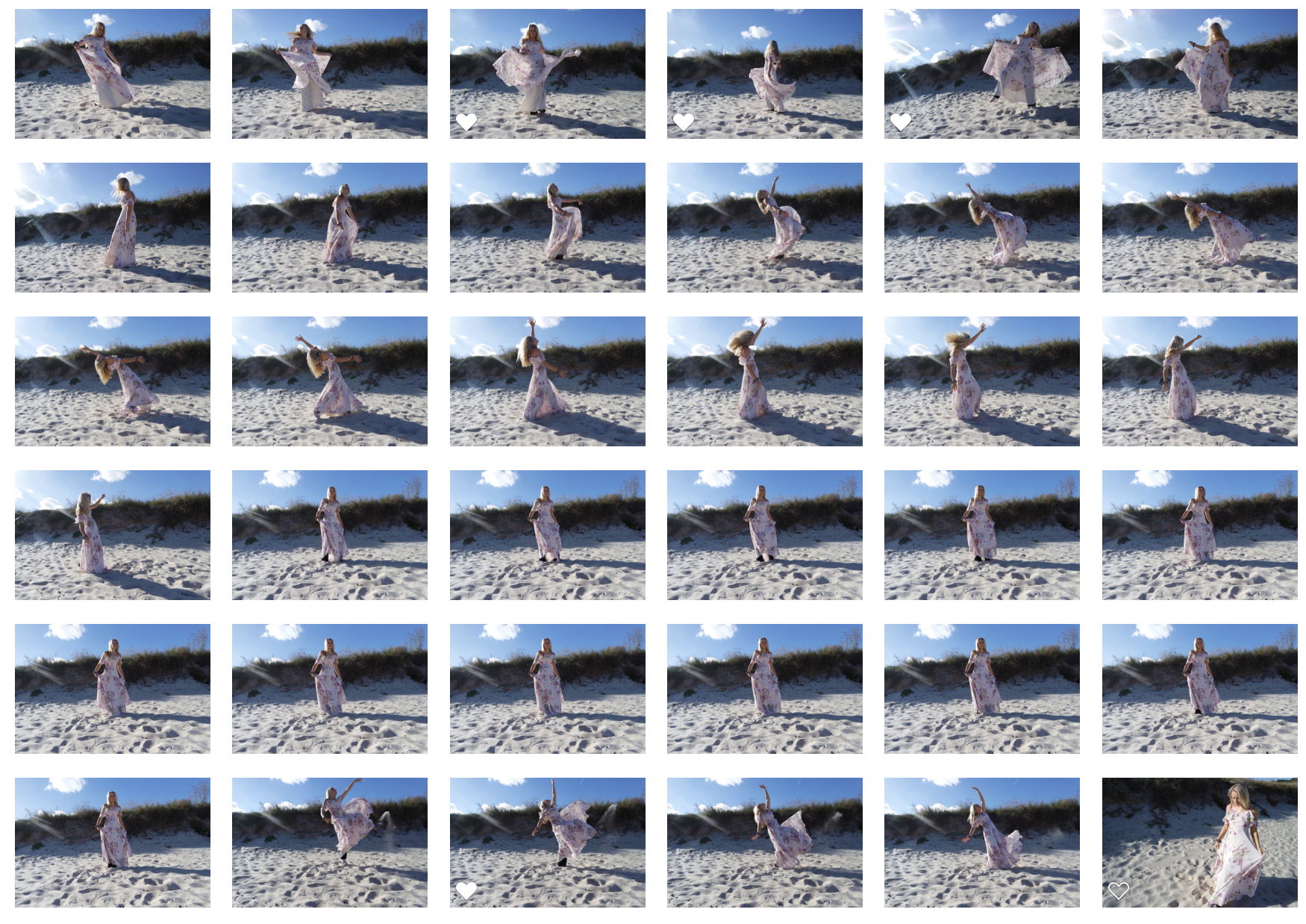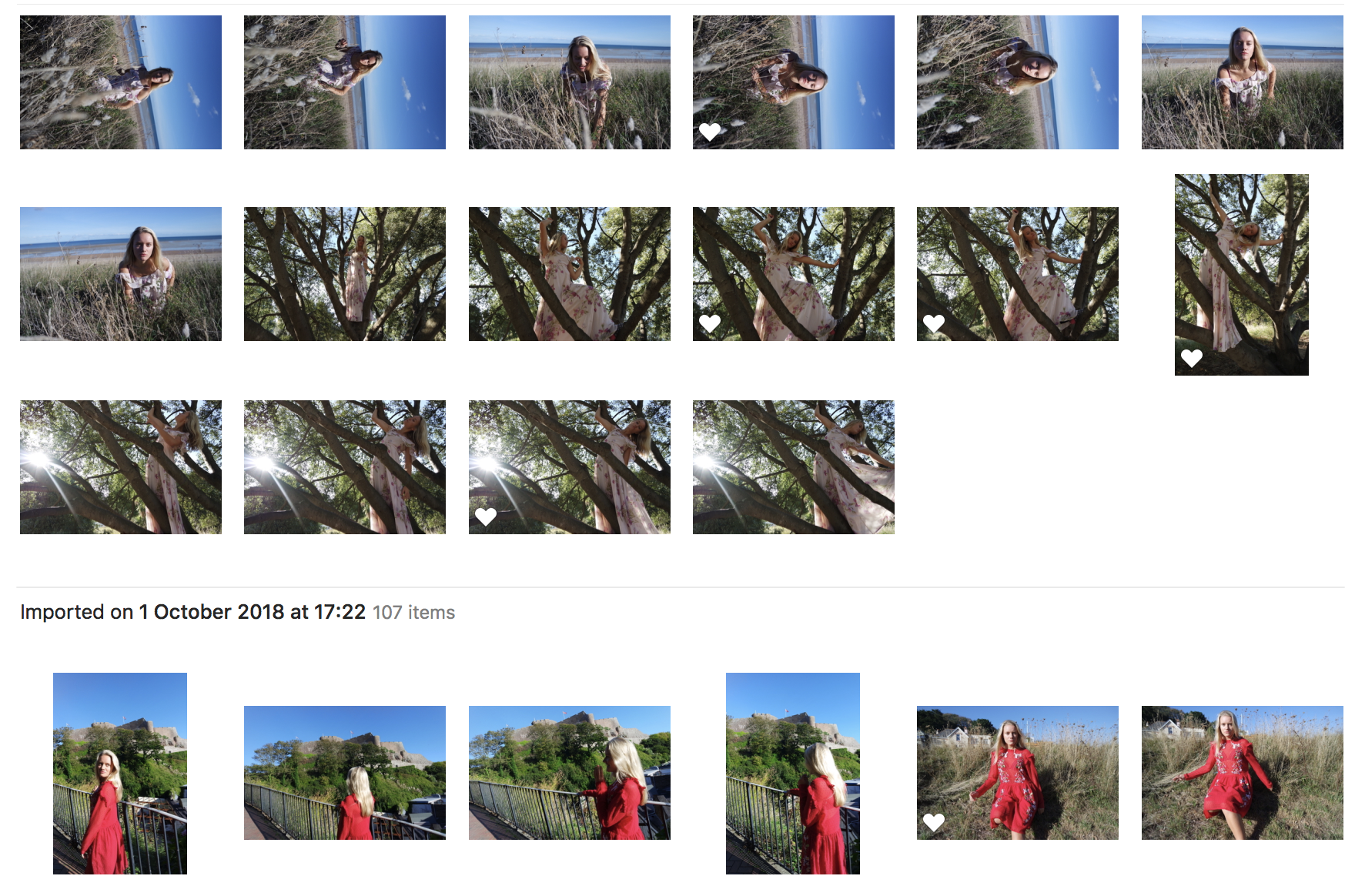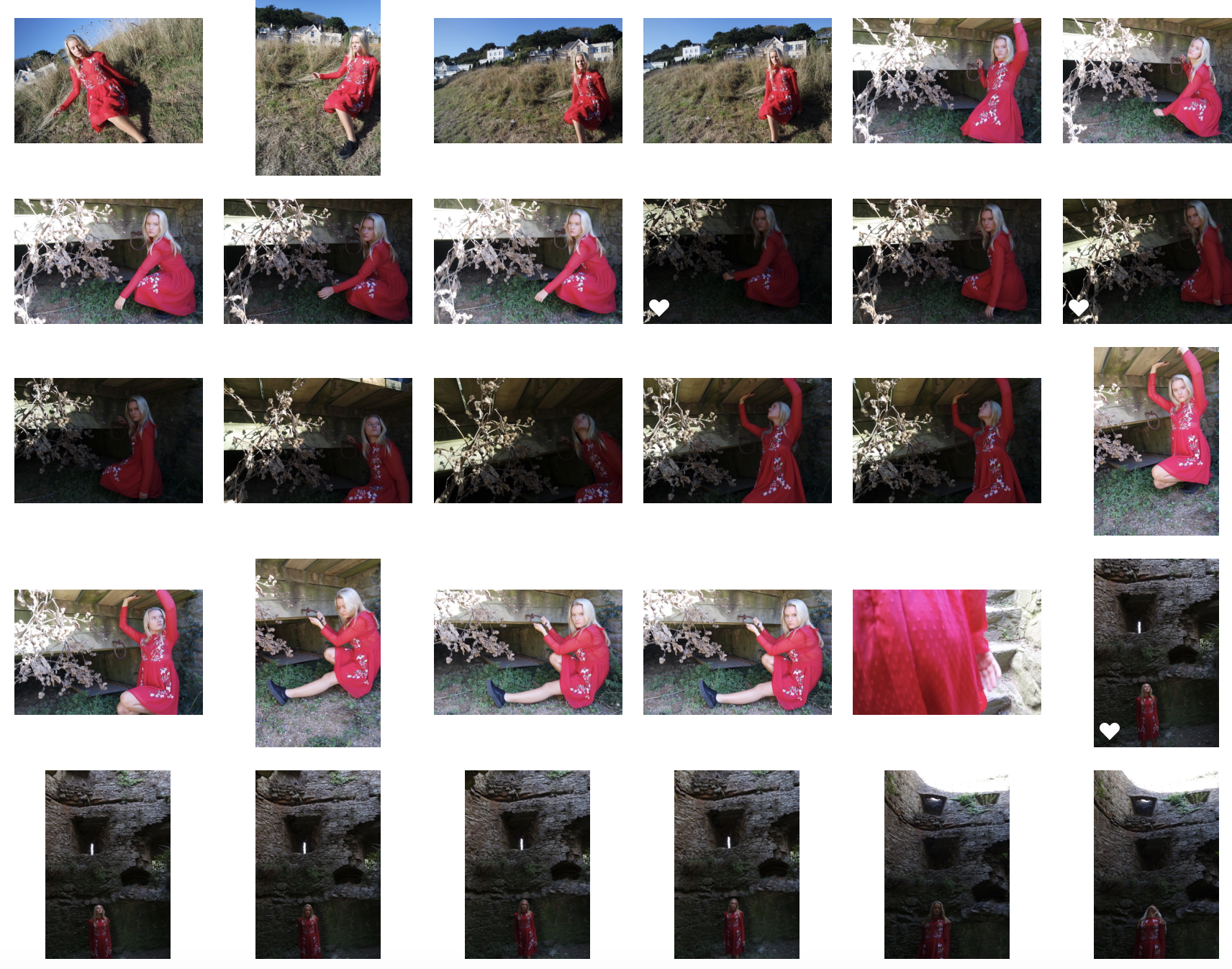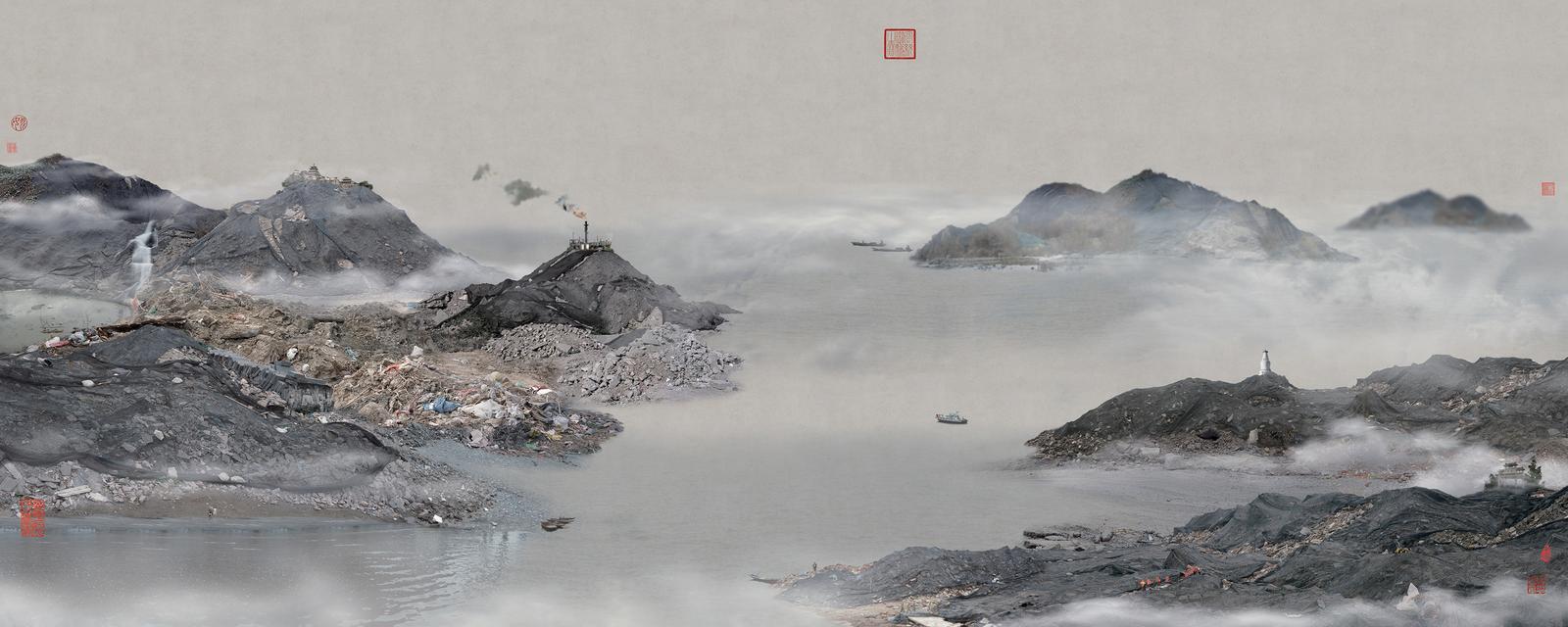MARK WINDSOR
HISTORY OF THE FUTURE
The History of the future is nostalgia.
Mark Windsor was born in Guernsey, he studied at the London College of Printing and at Derby Lonsdale College before undertaking post-graduate study of community photography and Documentary Photography in the Visual Arts Department of Lancaster University.
He worked as a freelance writer in the UK before returning to Guernsey to work as a photographer/journalist. Mark continues to practice and study photography and has recently returned to freelance work and is now undertaking new commissions.

The layering of human history is implicit in any landscape in which people, over the centuries, have interacted. What remains, and what will be left later of humanity’s hard and soft materials? How will our descendants attach significance to them? Will digital photography leave visual archaeology that will have any meaning to future generations? Will contemporary art photography aid or hinder the communication of knowledge to our descendants?
This exhibition is part of a larger body of work, which is part record of Guernsey, and part speculation on the scope and limitations of photography in its capacity to impart information to future generations.

The visual clues to our past which are the subject of this project, often prompt memory and nostalgia. But what we leave in the picture and how we choose to remember it is a matter of choice – one which we could perhaps engage more consciously.
JAAKKO KAHILANIEMI
Jaakko Kahilaniemi received his BA in Photography from Turku Arts Academy Finland and his MA also in photography from Aalto University of Art, Design and Architecture in Helsinki Finland. He won the prestigious Majaoja/Backlight Prize and was selected as one of the Lens Culture Emerging Talents in 2017. He was one of the ten finalists in Hyéres Festival in 2018 and in Fotofestiwal Łódź. His work has been featured in many publications and his work has been exhibited at galleries worldwide.
100 HECTARES OF UNDERSTANDING

It’s impossible to overstate the significance of forests for Finland, both historically and economically. Over 71% of the total area of the country is covered by forests – that’s over 26 million hectares. 100 Hectares of Understanding is my attempt to understand the 100 hectare area of the forest I inherited in 1997 when I was only 8 years old. Recent explorations in the forest, and in the world of forestry have managed to provoke my interest towards the unfamiliar property of mine.

The 100 Hectares of Understanding project includes both tangible and intangible approaches and visualizations of what forest and forestry mean to me and how the unknown becomes familiar. I study what nature has to offer to urbanized people and I will try to create new ways of thinking and ways to experience and feel the forest. For the unknown to become familiar requires both physical and delicate acts: to nurture and to tame, to master and to yield. My photographs are testimonial, traces of my aspirations towards understanding and awareness.
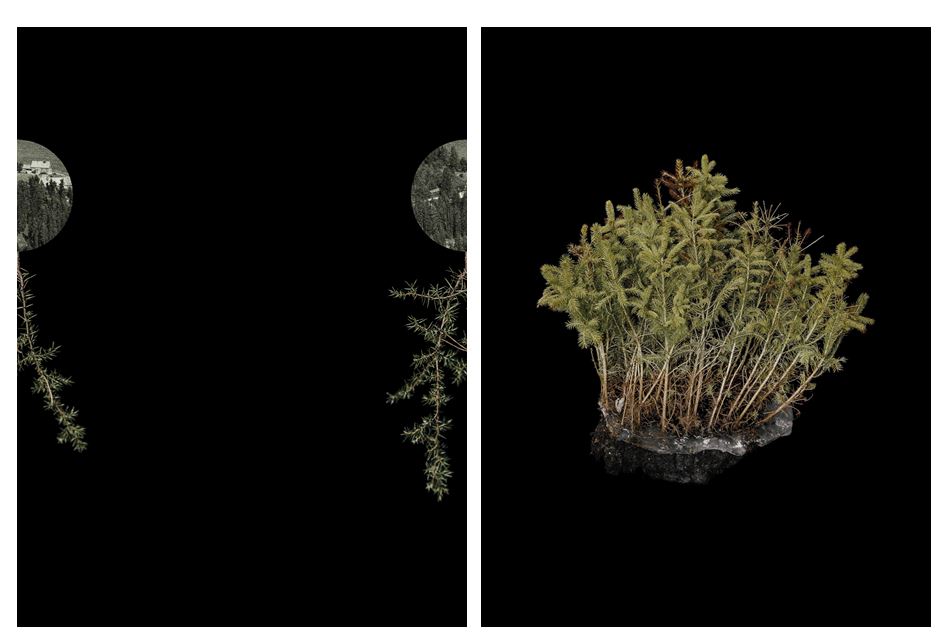
Taking inspiration from Fluxus and the traditions of Arte Povera, I seek to encounter the forest with a playful and open approach. 100 Hectares of Understanding consists of the objects that I’ve found, the acts that I’ve photographed, the sculptures I’ve made and visual secrets that I have created.
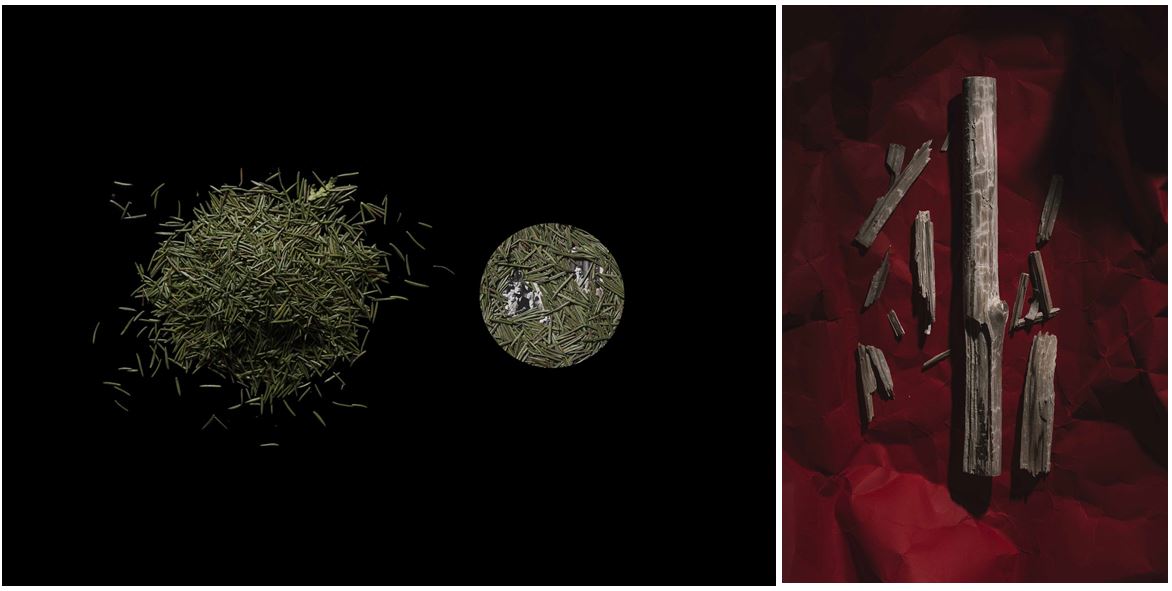

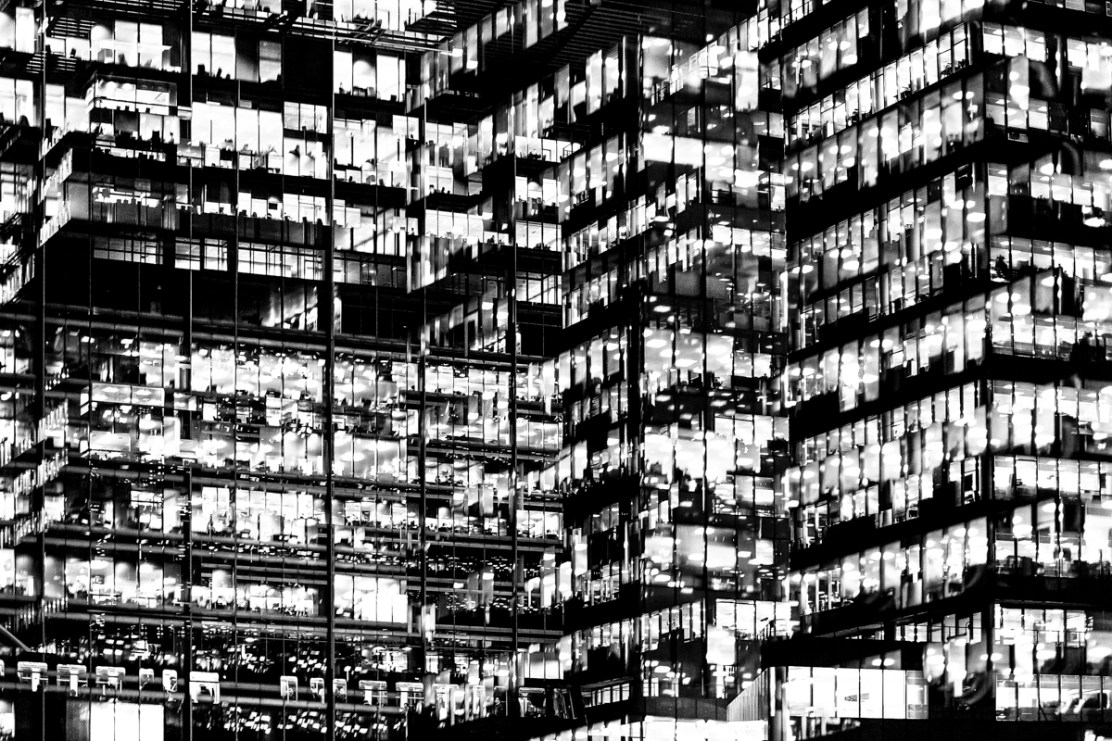 In my response to Lewis Bush I am going to be photographing the financial sector within St. Helier in both day and night and then creating a double exposure effect with these photographs in photoshop. The inspiration for photographing the financial sector comes from Bush’s ‘
In my response to Lewis Bush I am going to be photographing the financial sector within St. Helier in both day and night and then creating a double exposure effect with these photographs in photoshop. The inspiration for photographing the financial sector comes from Bush’s ‘
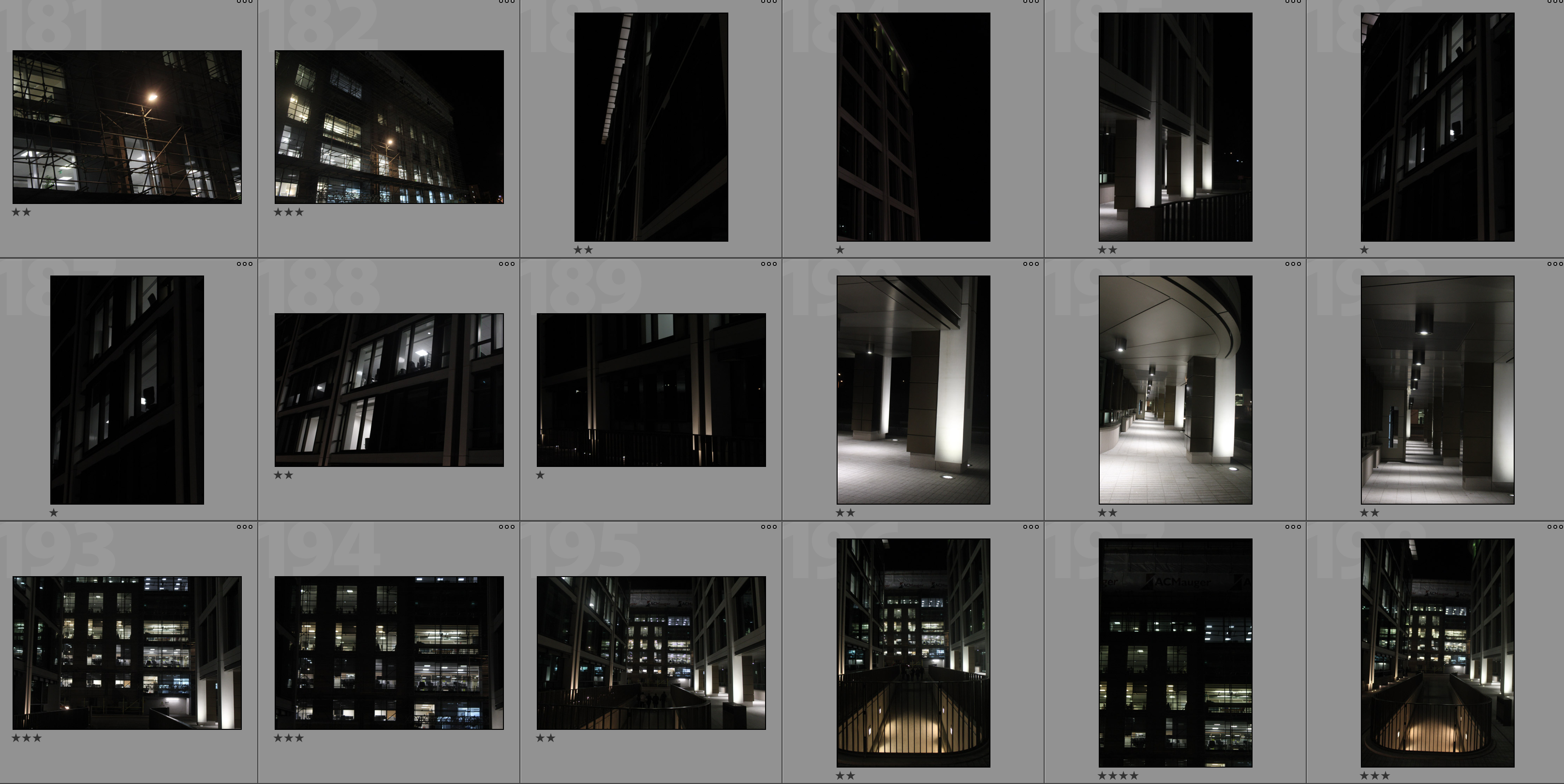
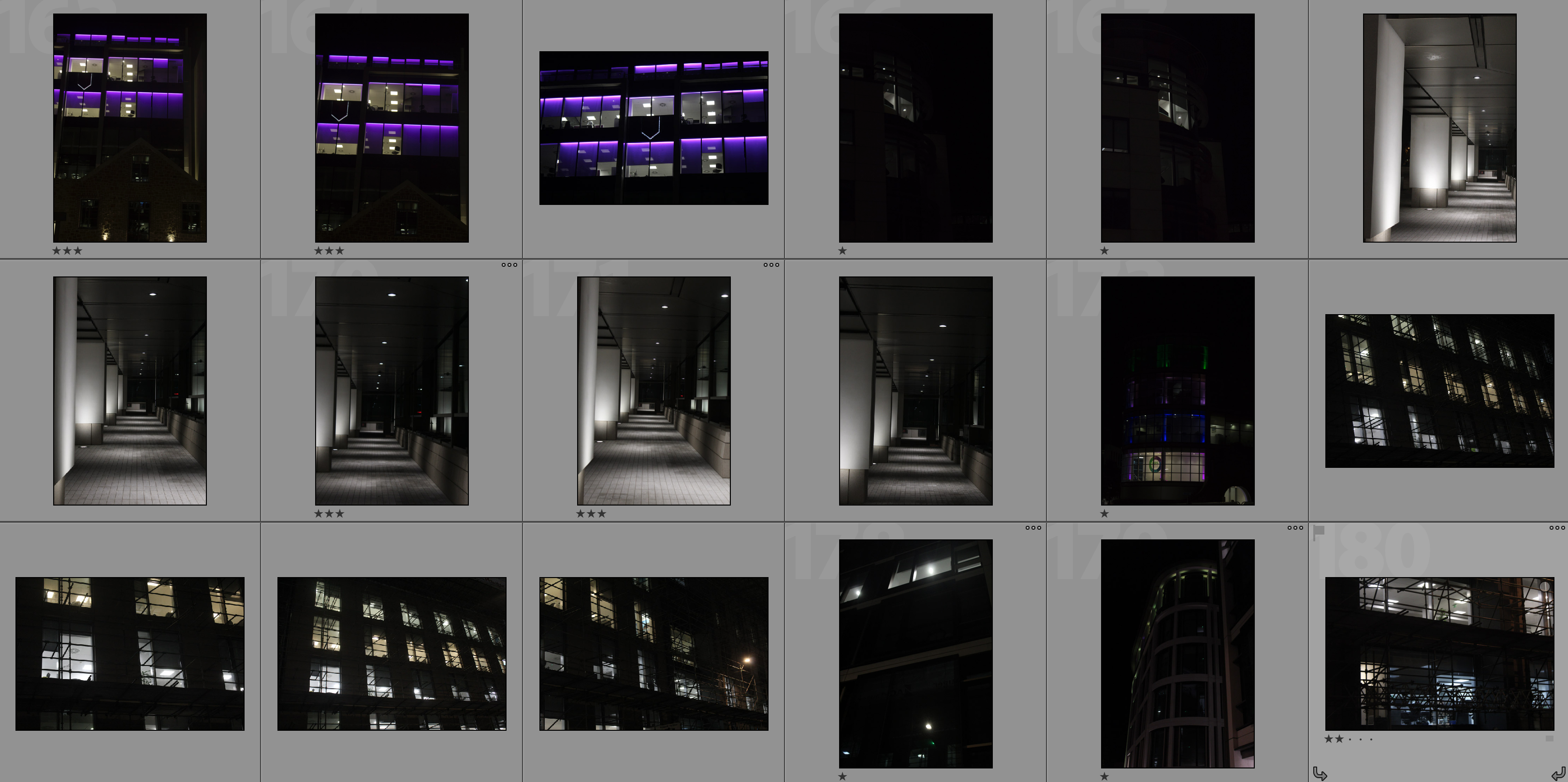
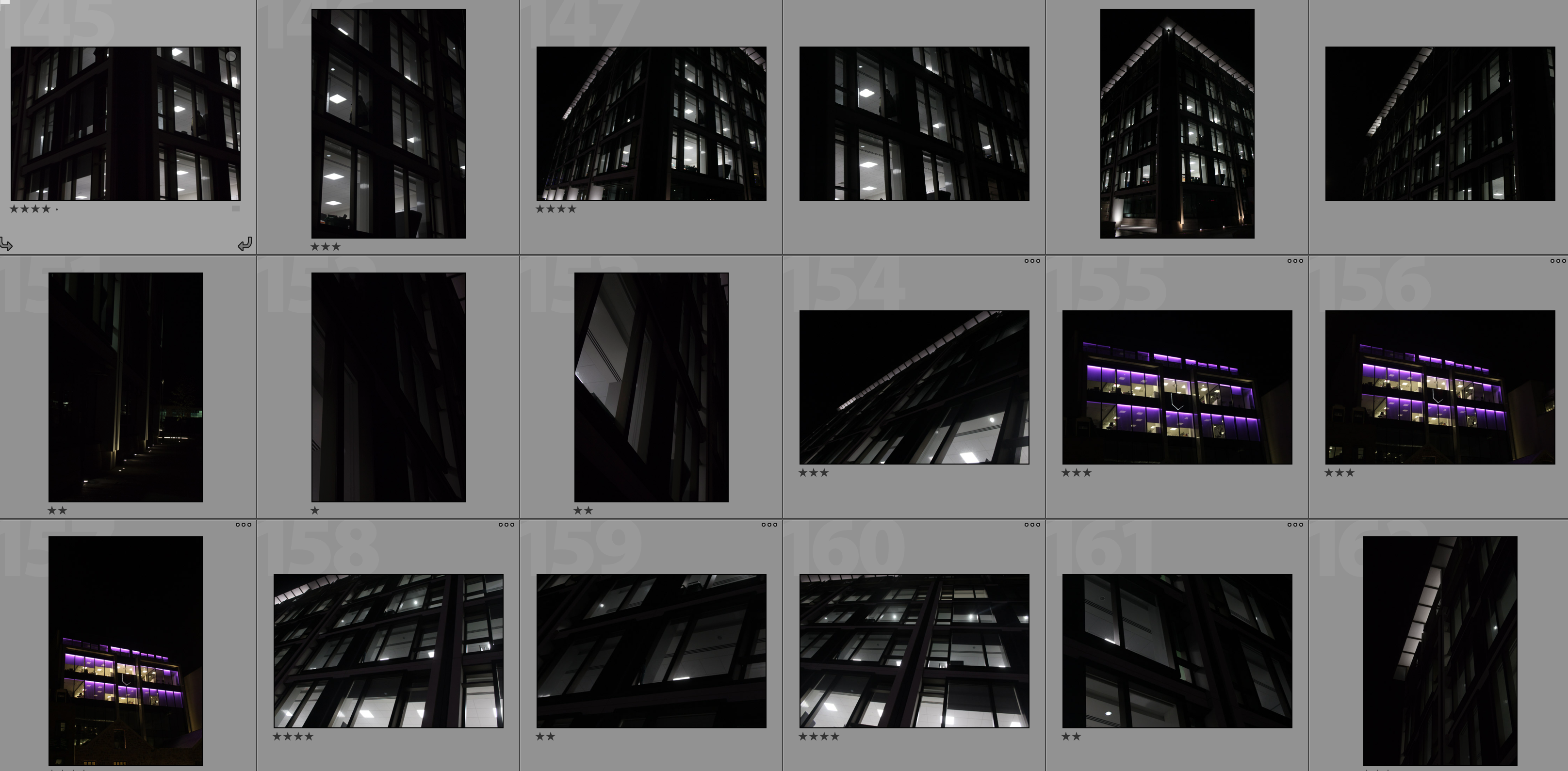
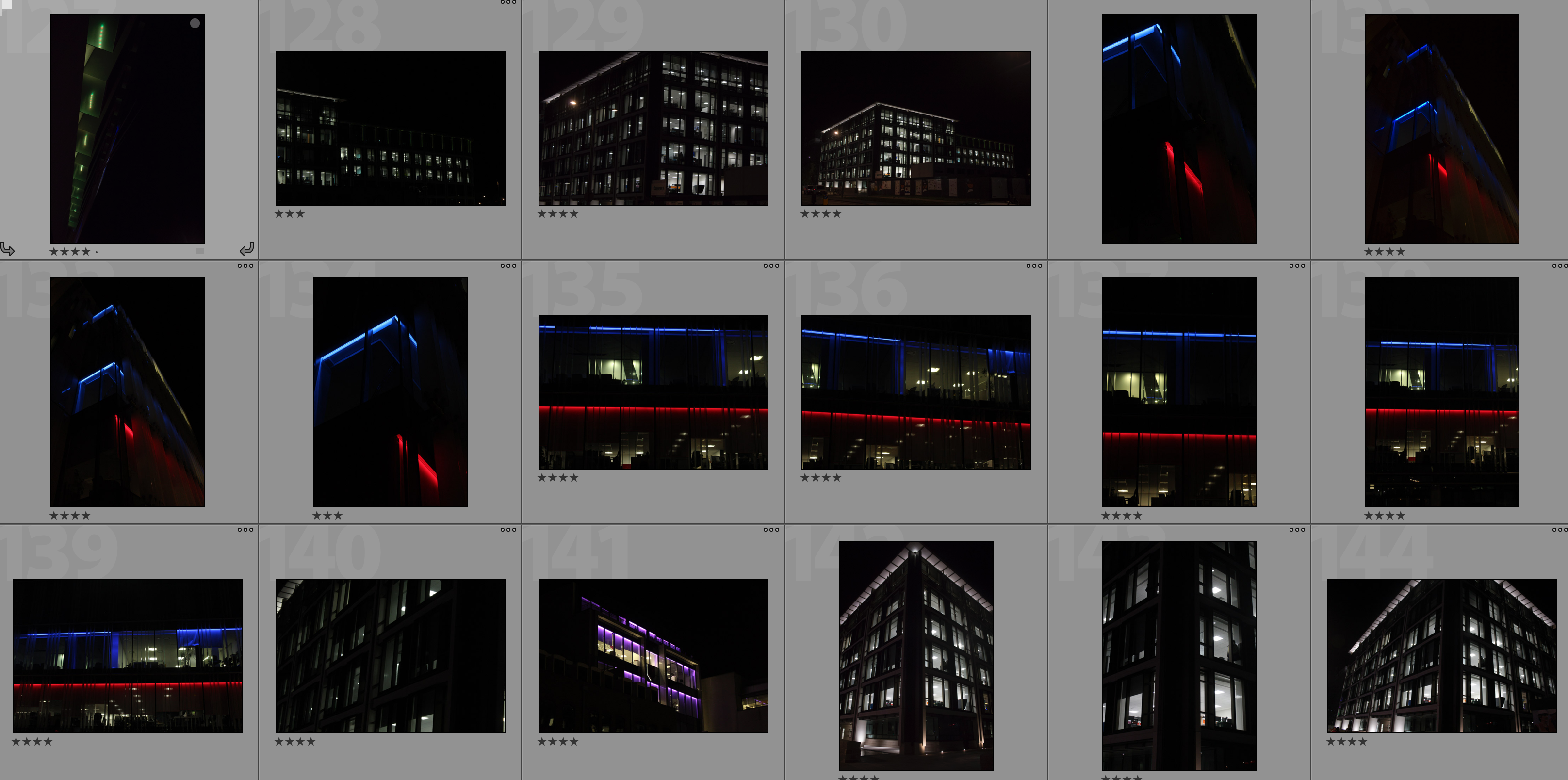

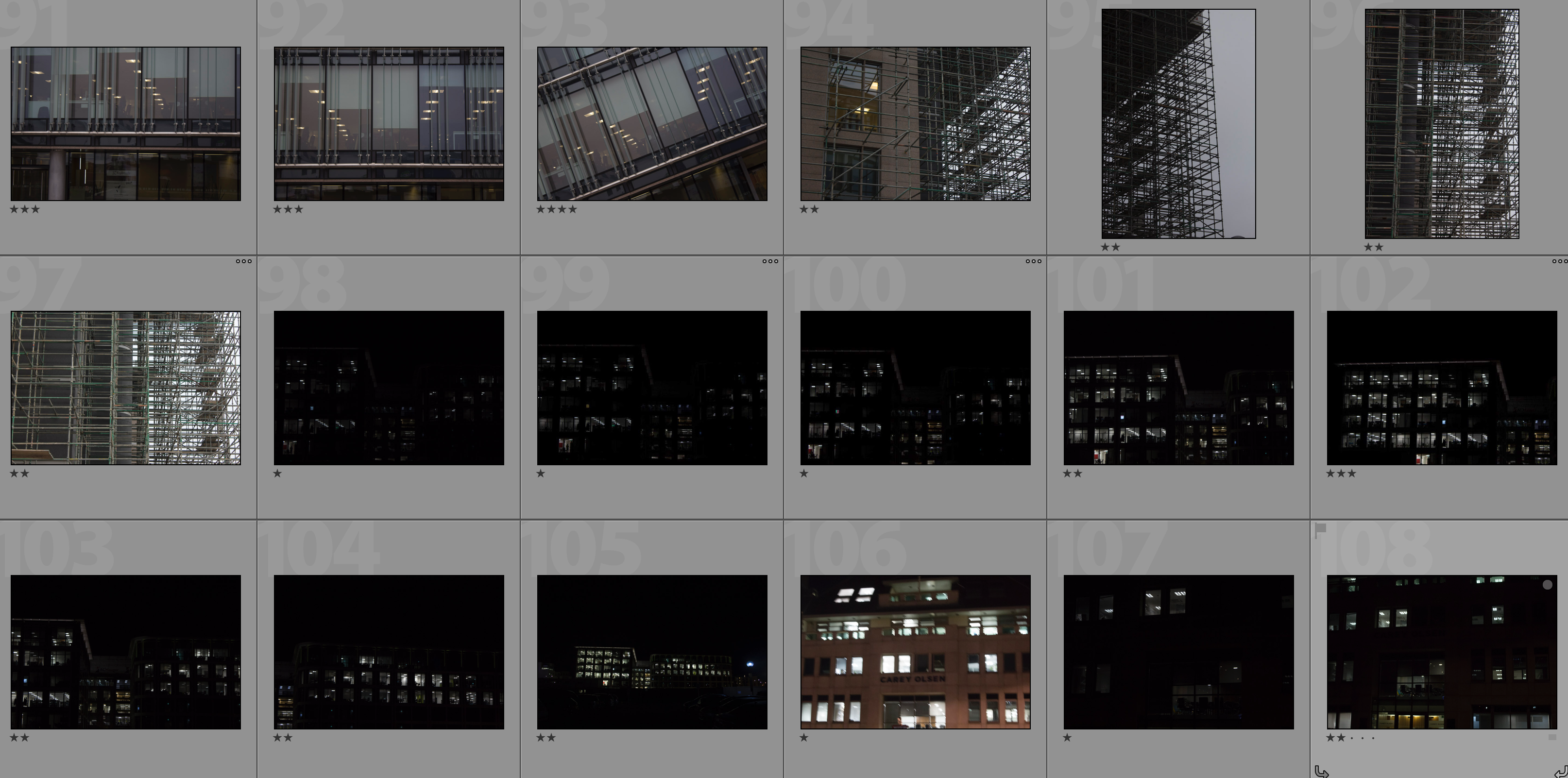

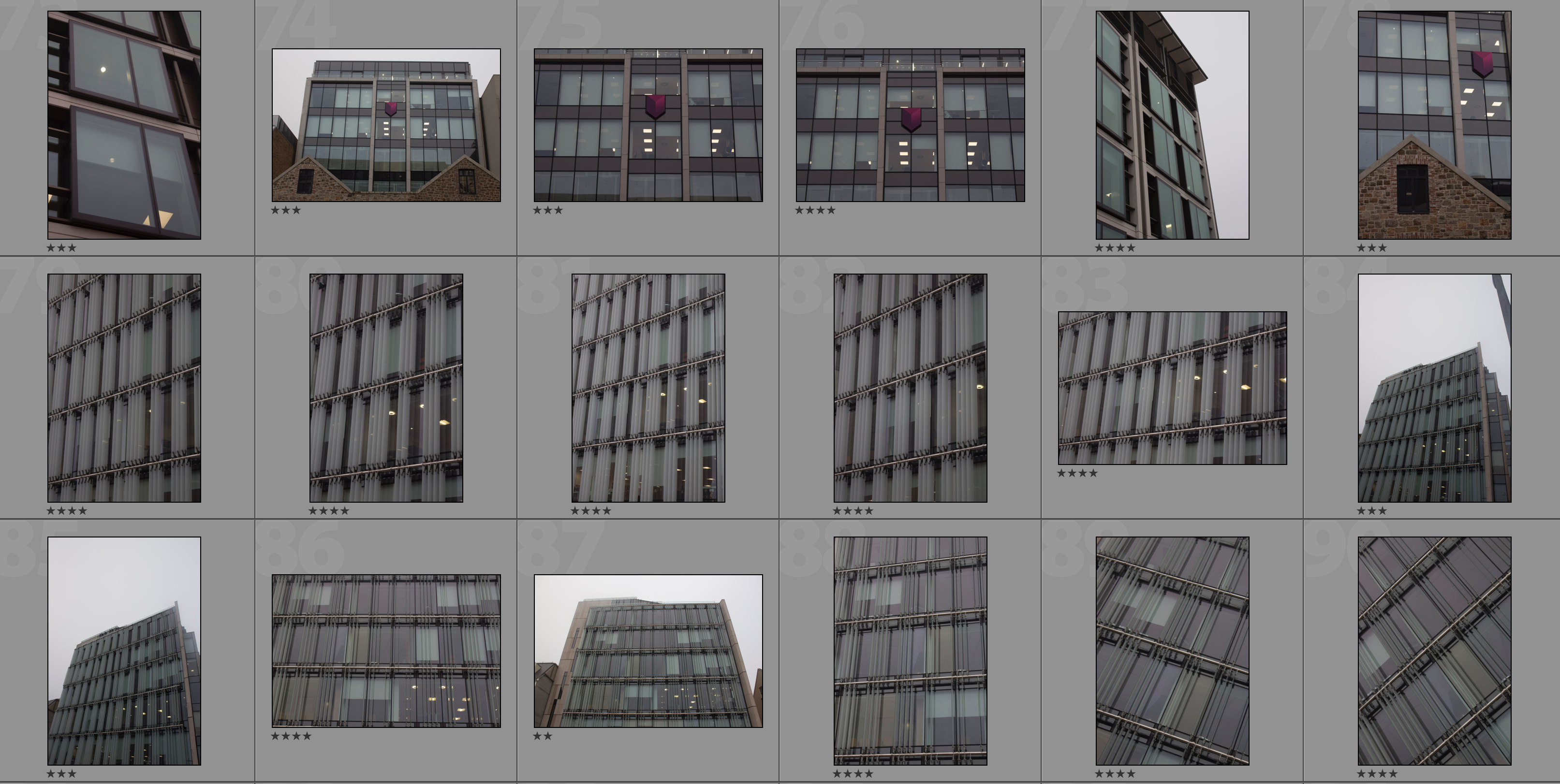
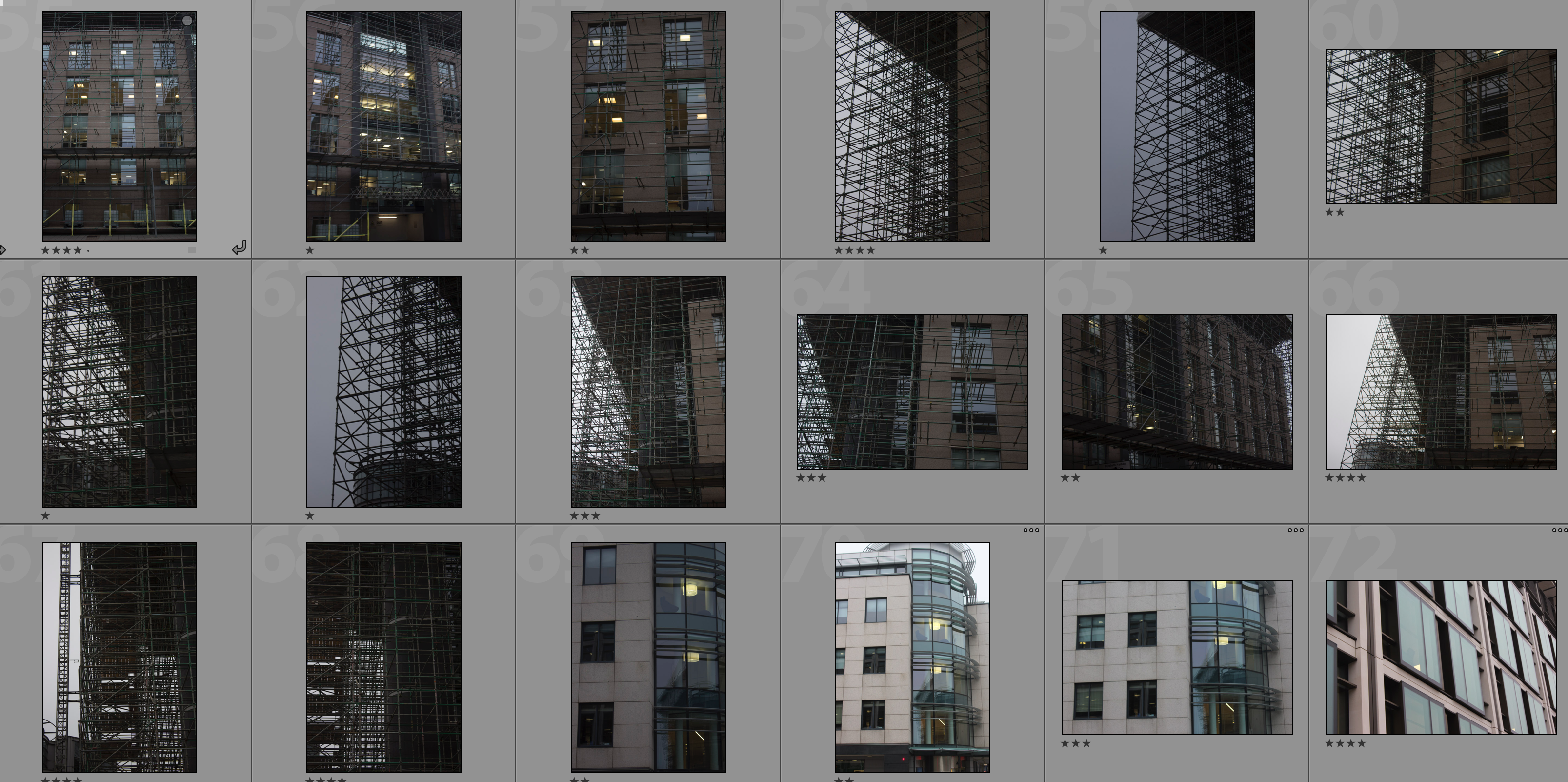
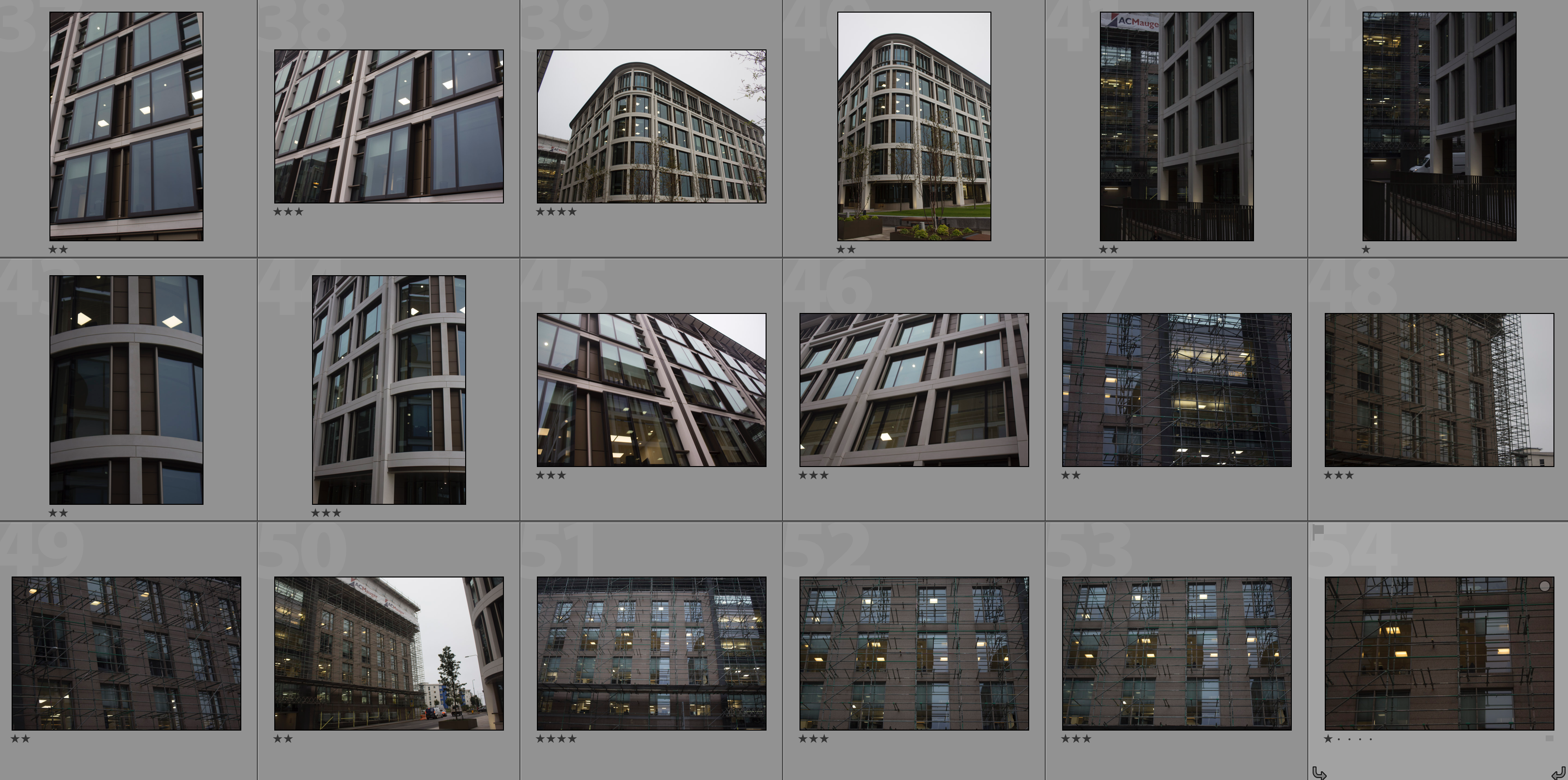
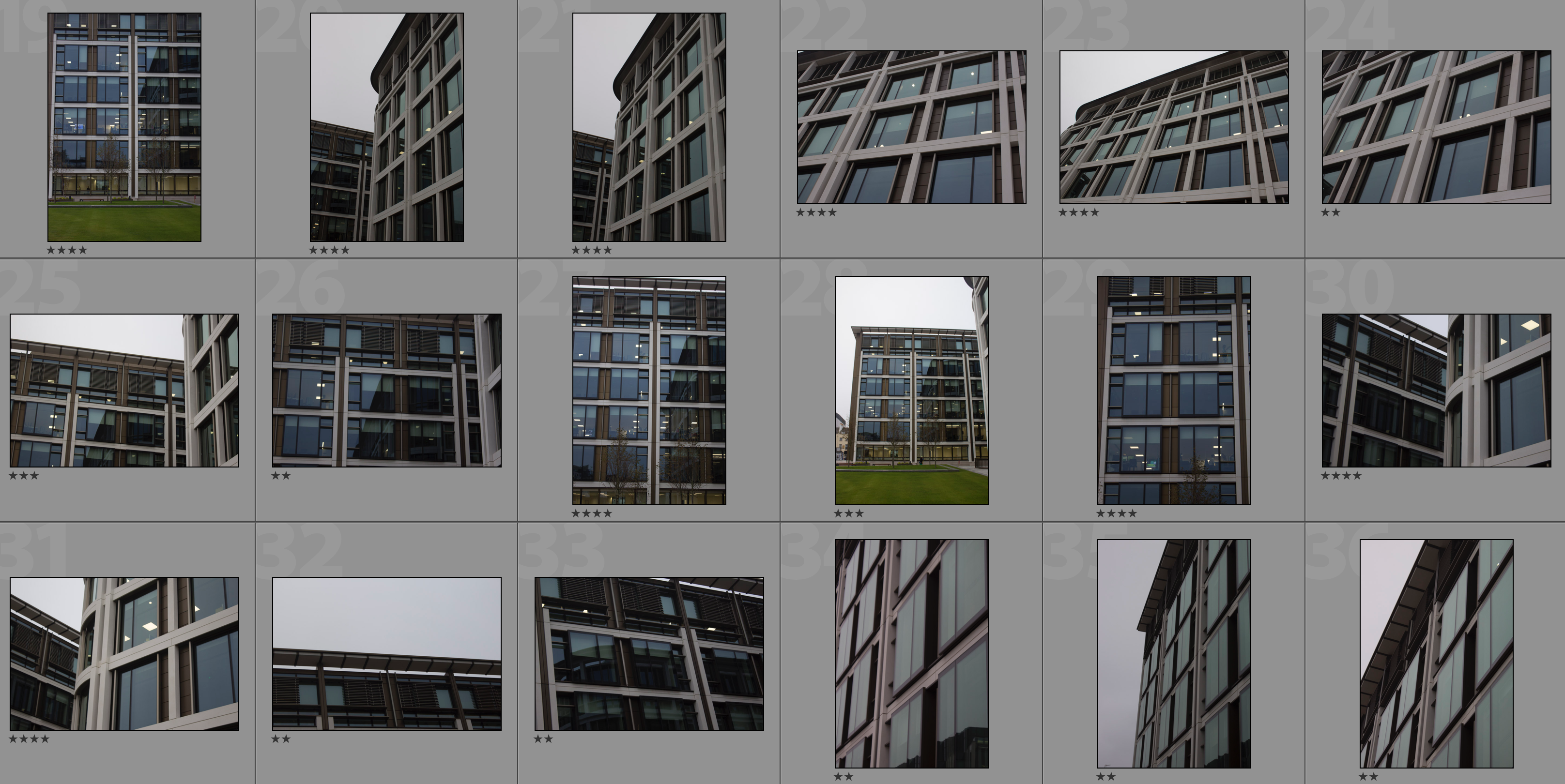
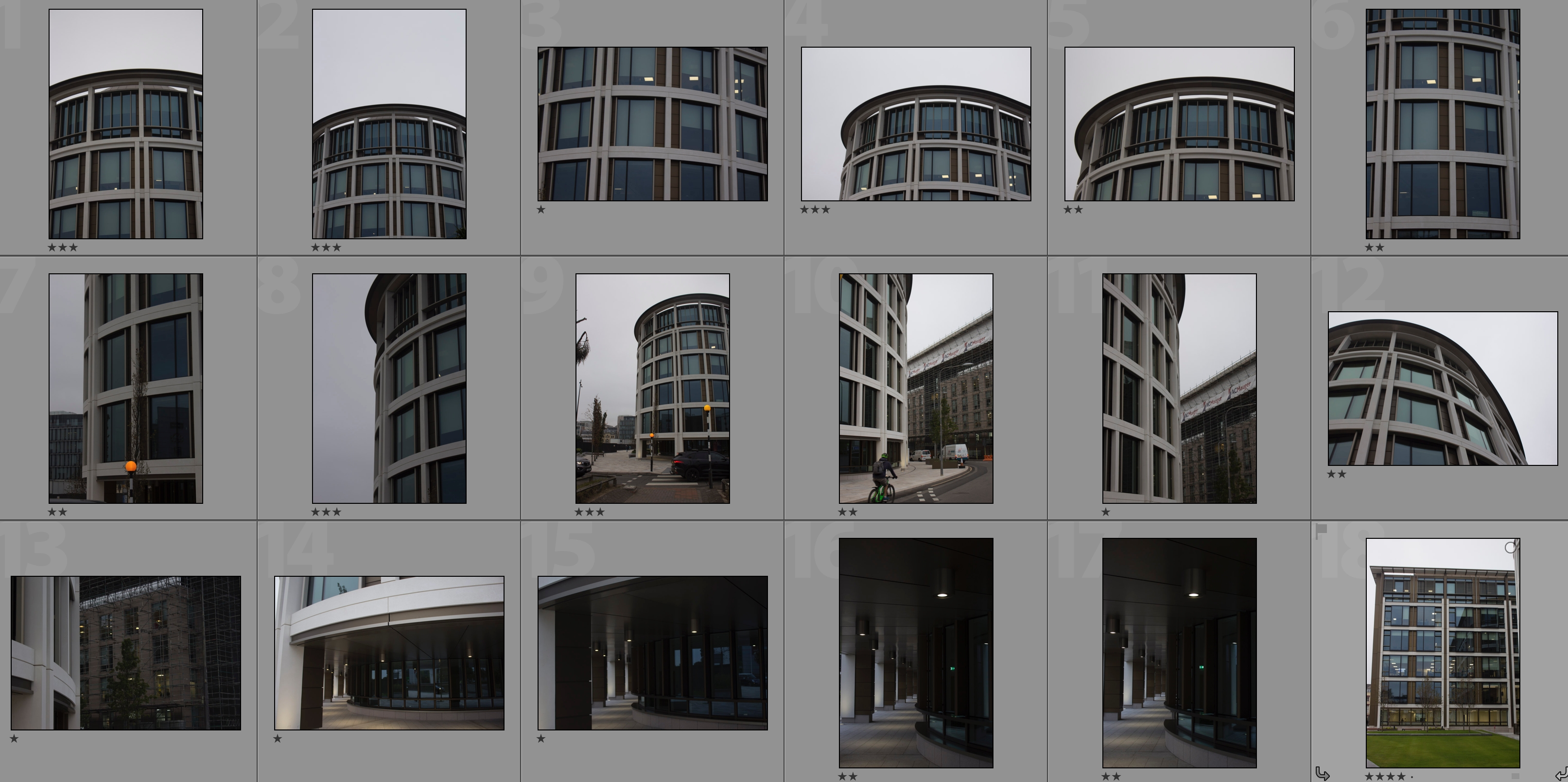


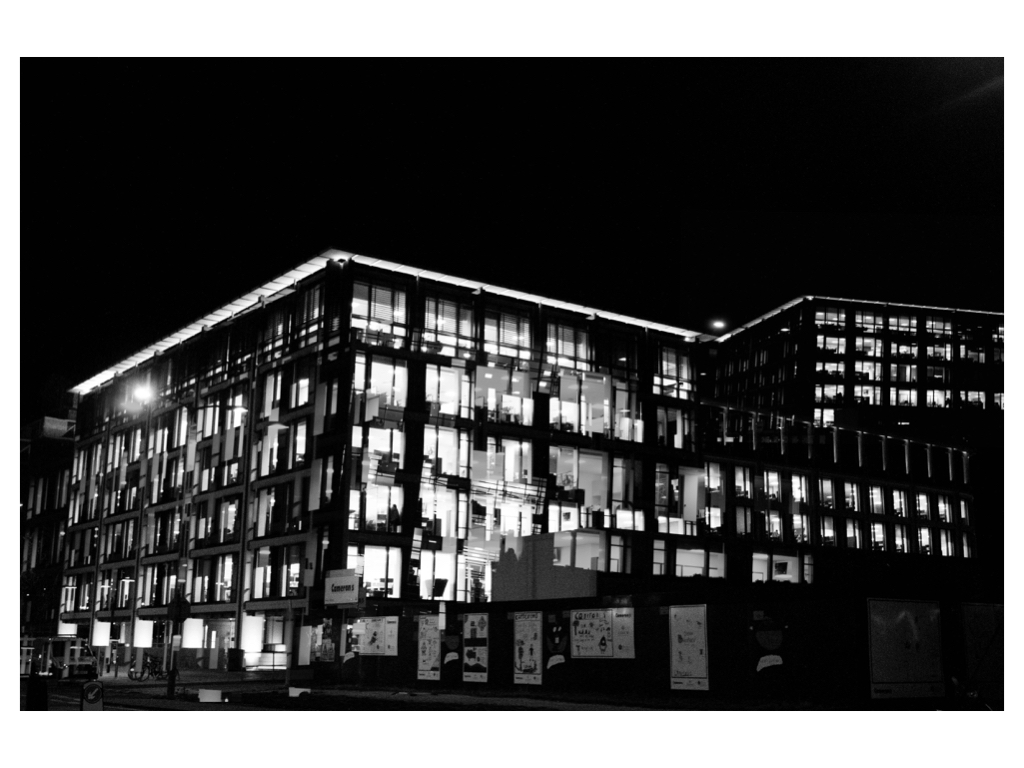
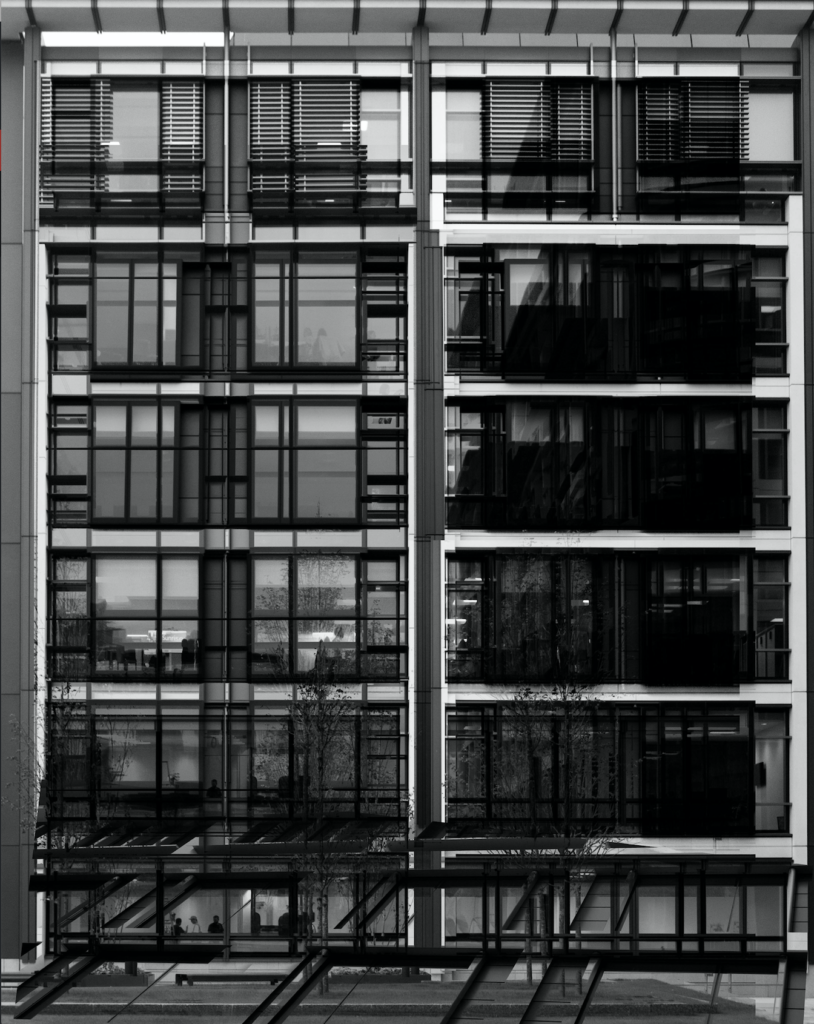
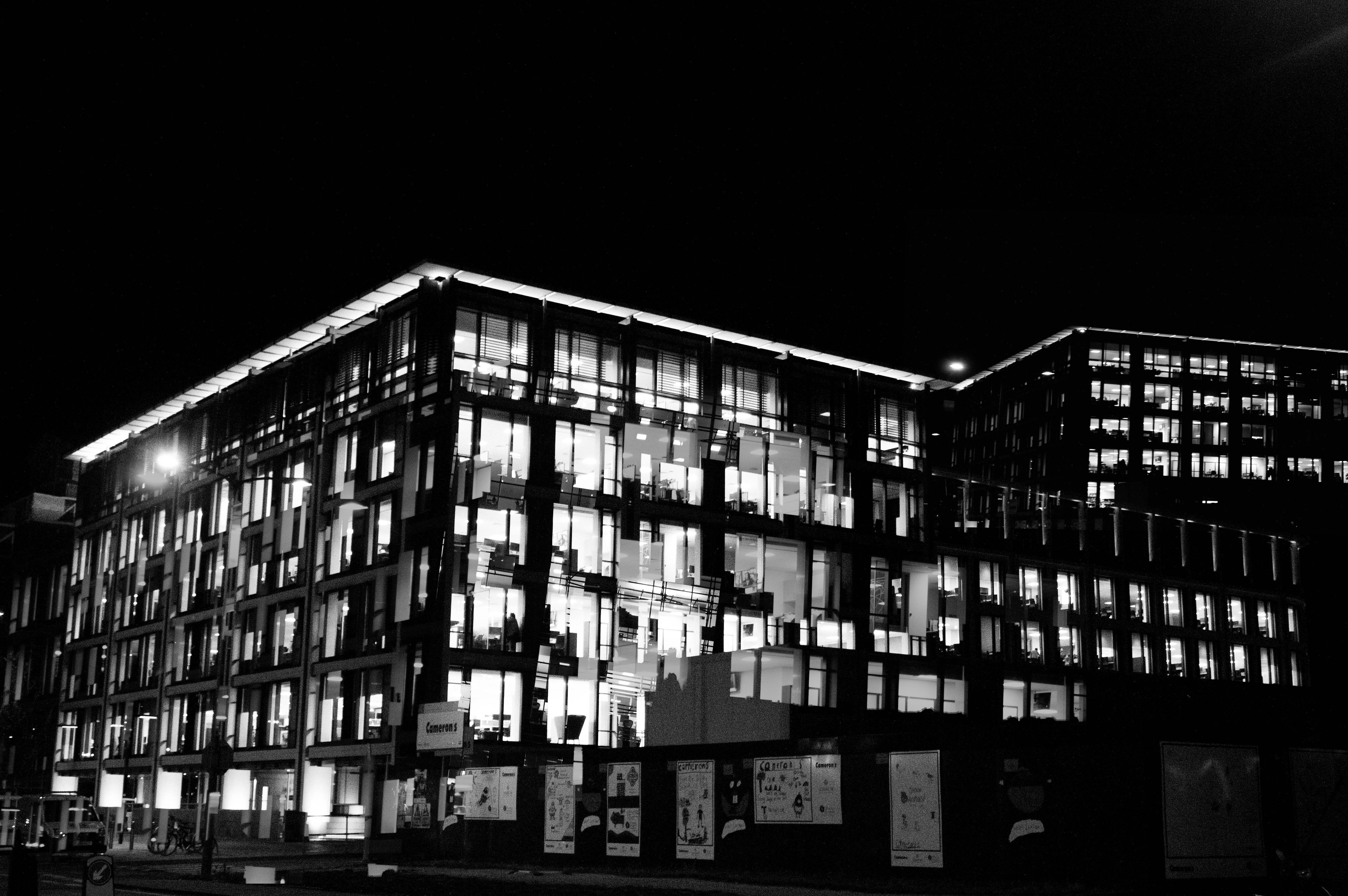
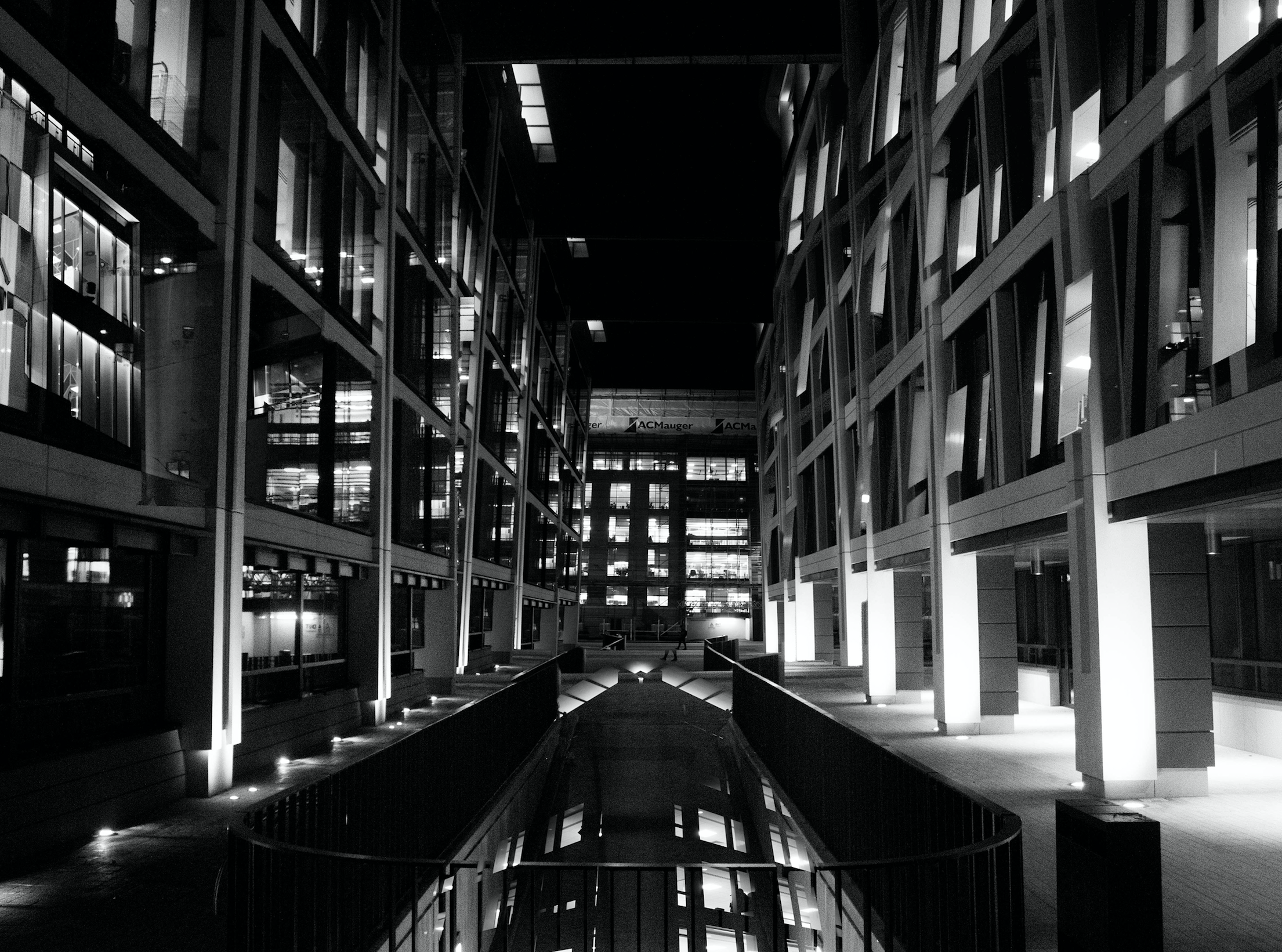

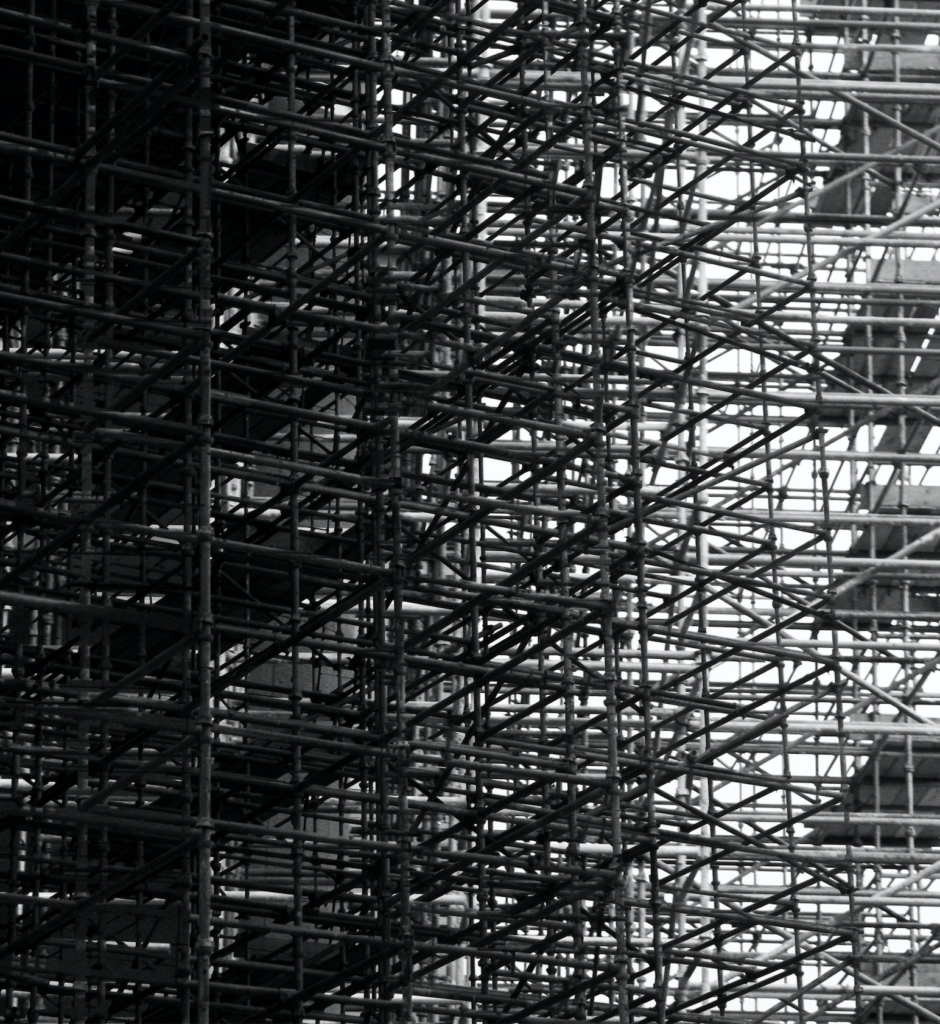
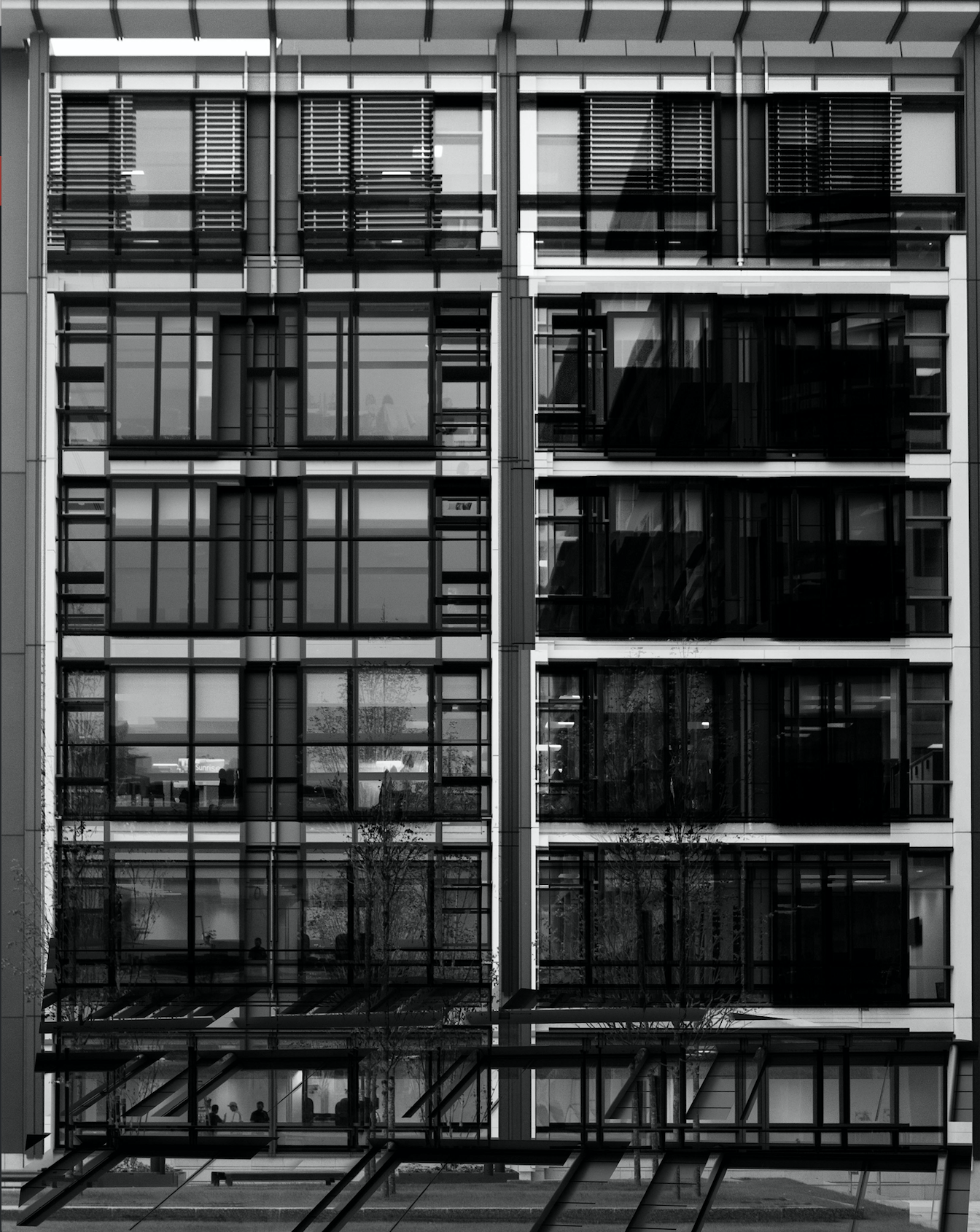





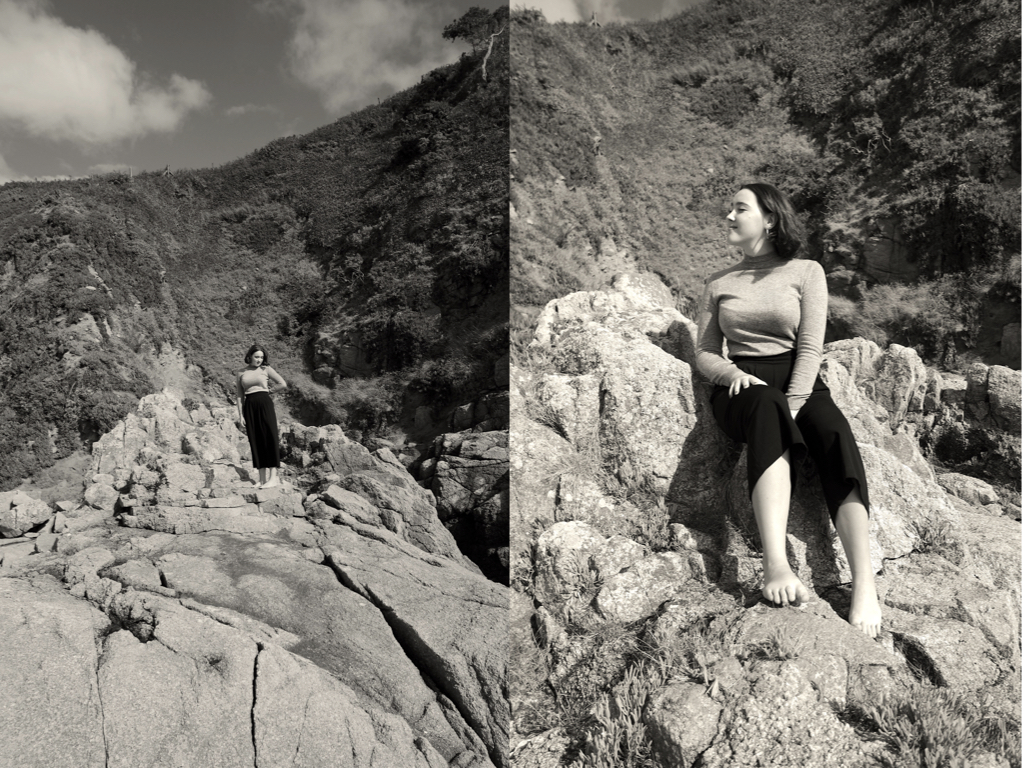

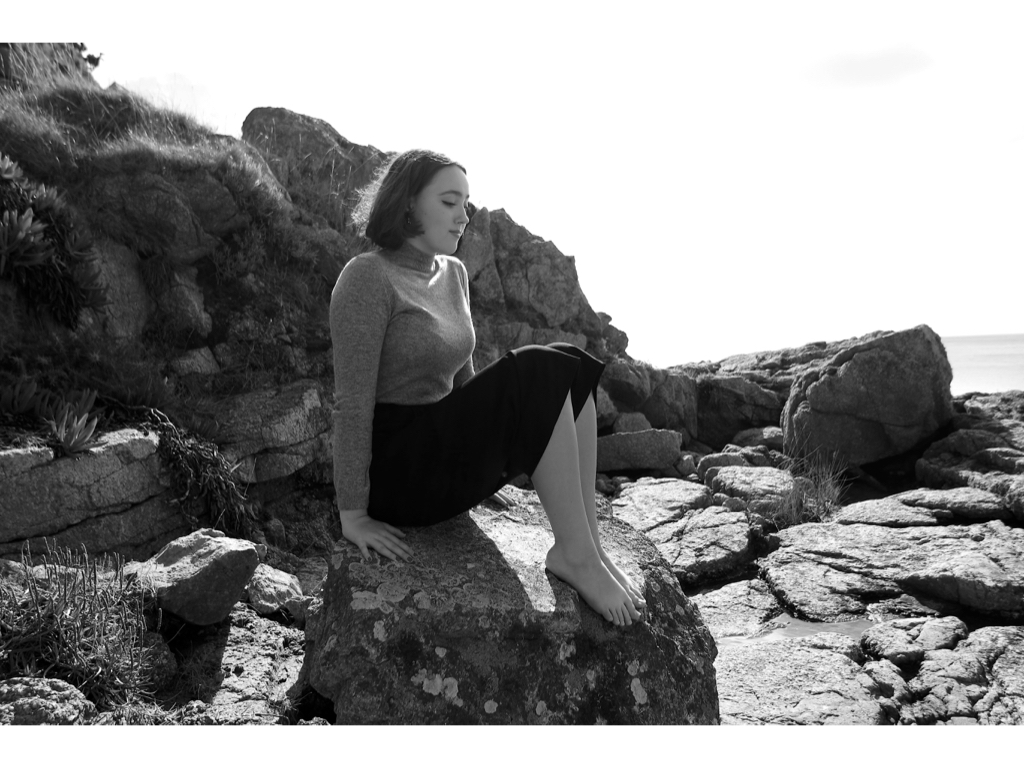



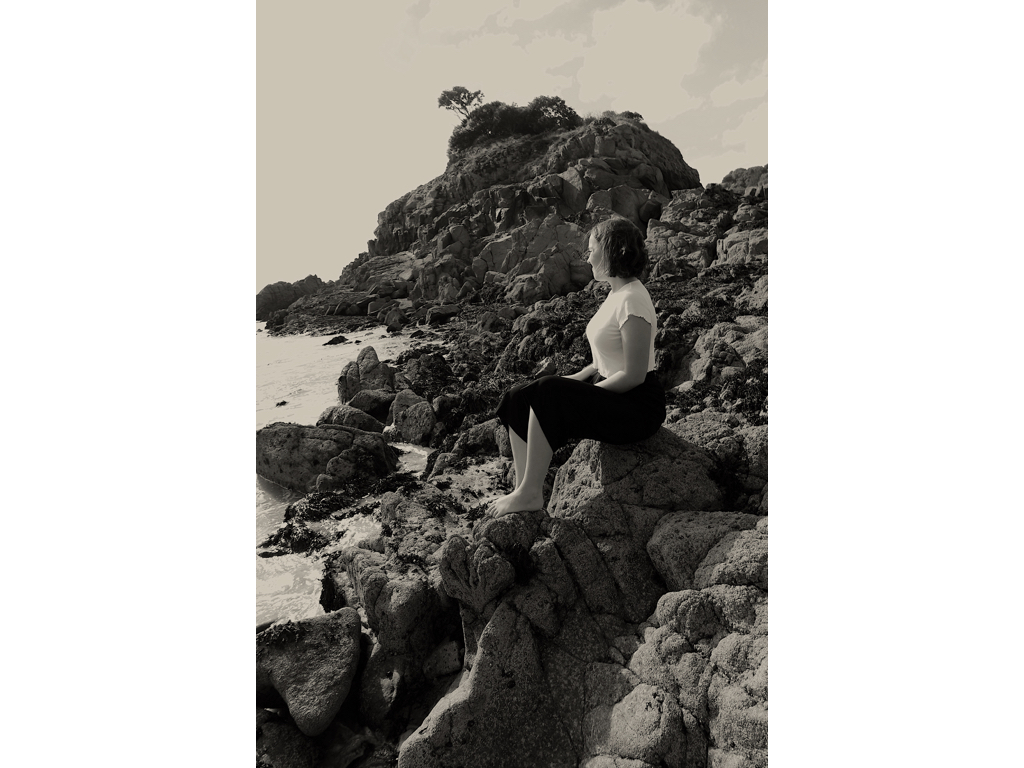
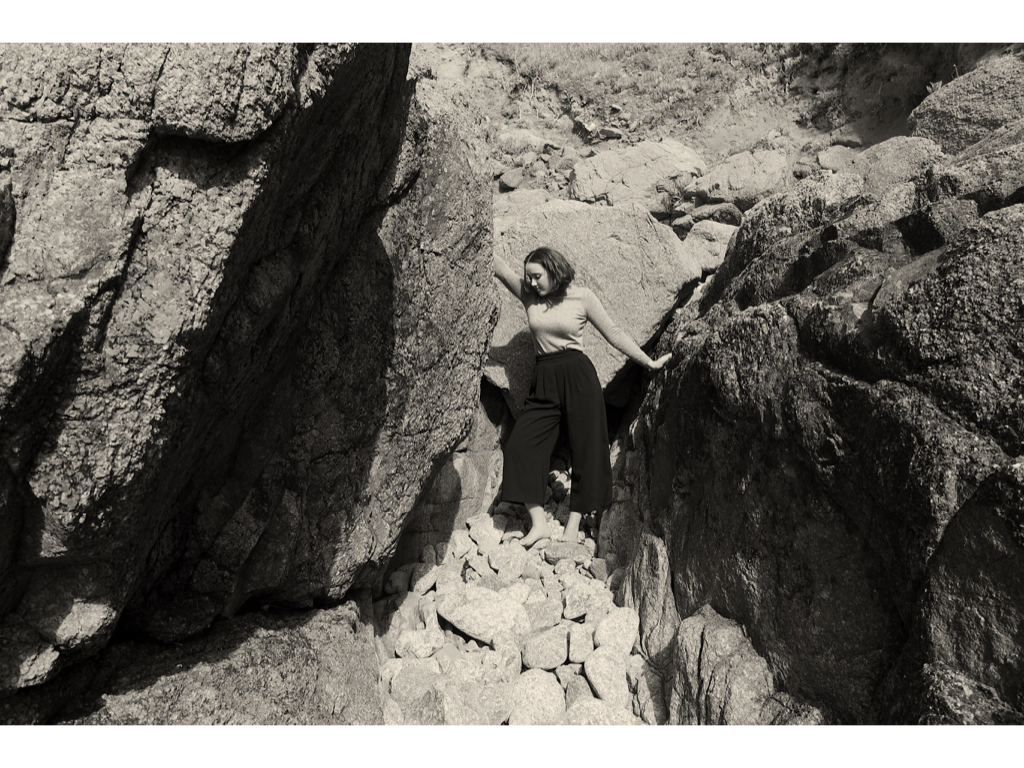
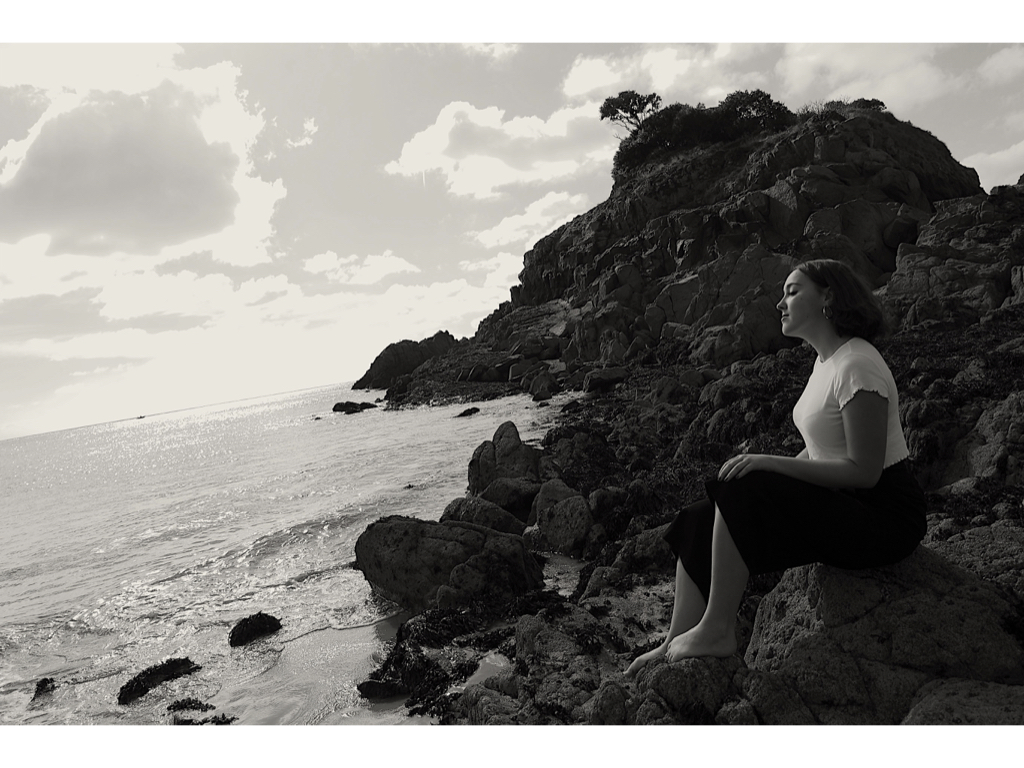







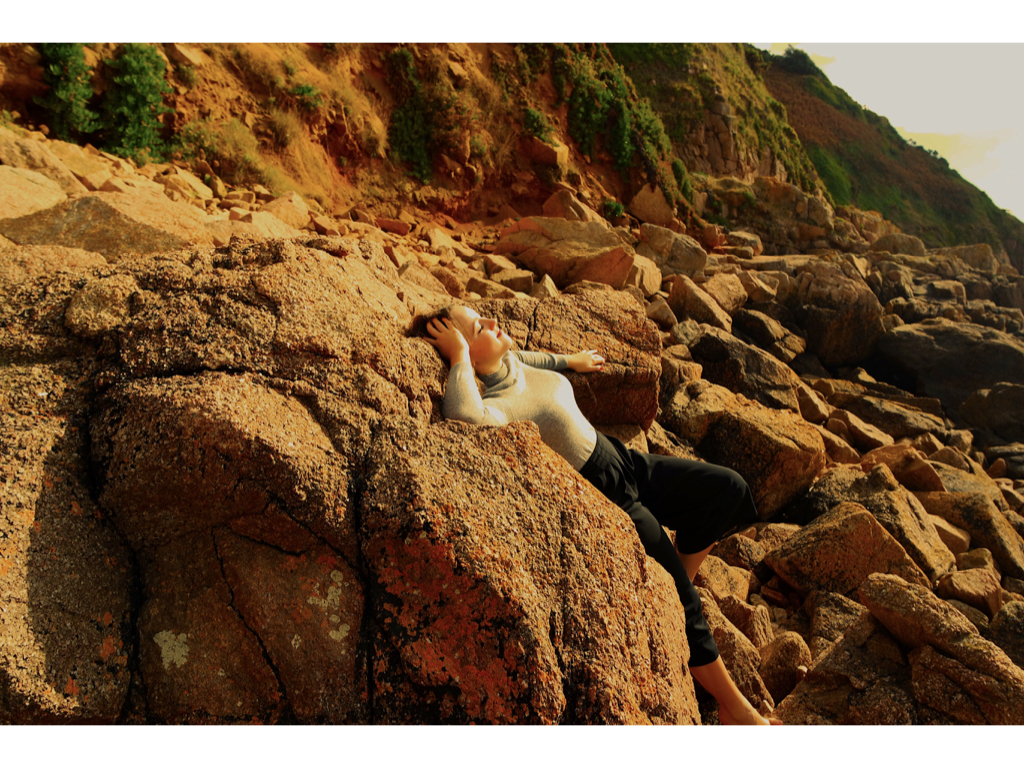




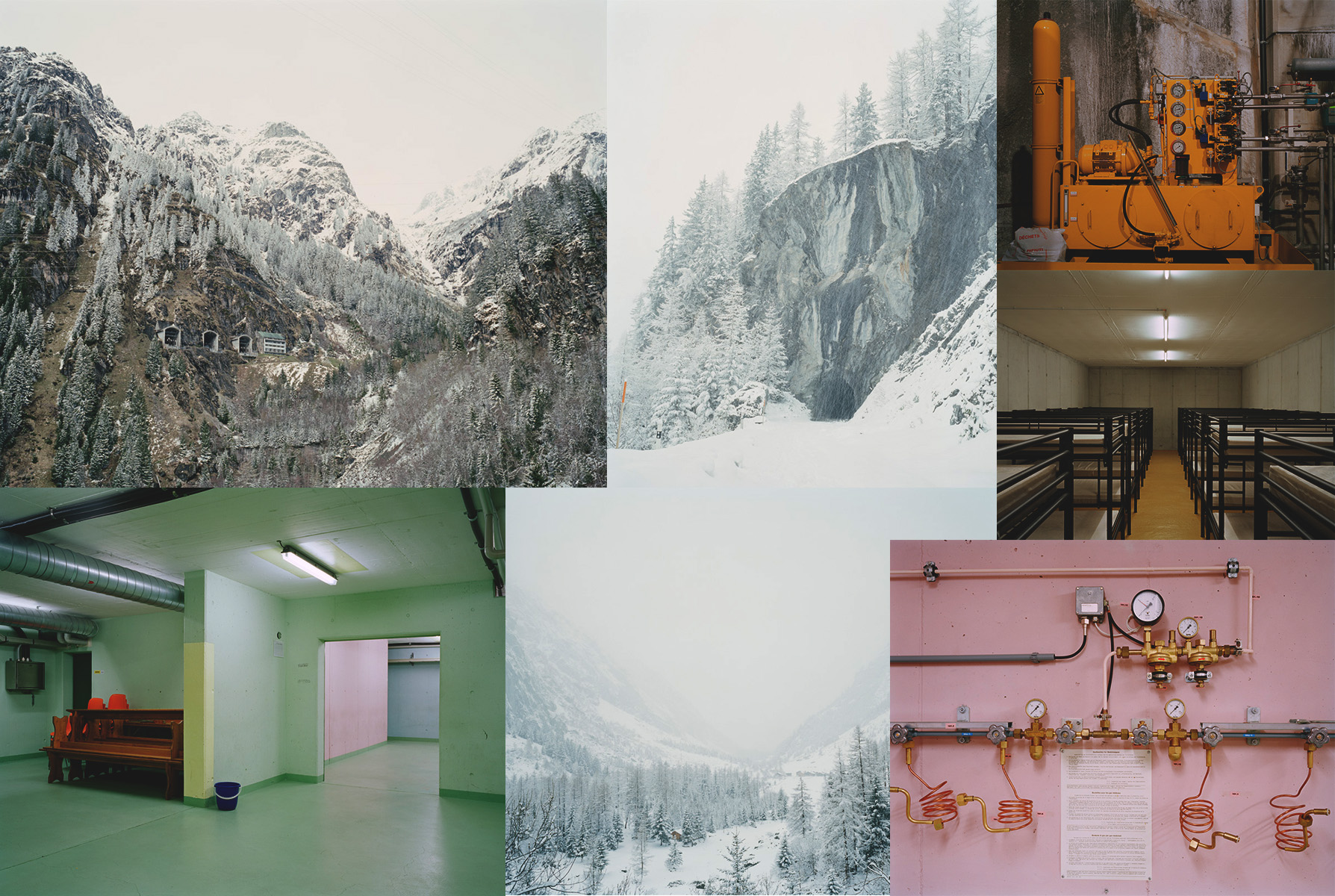
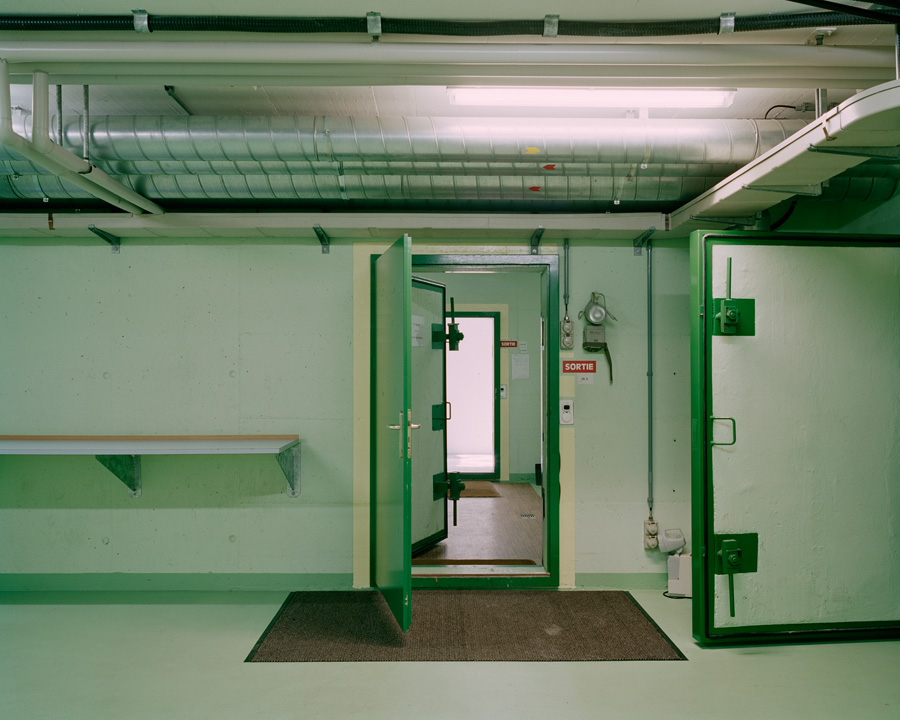





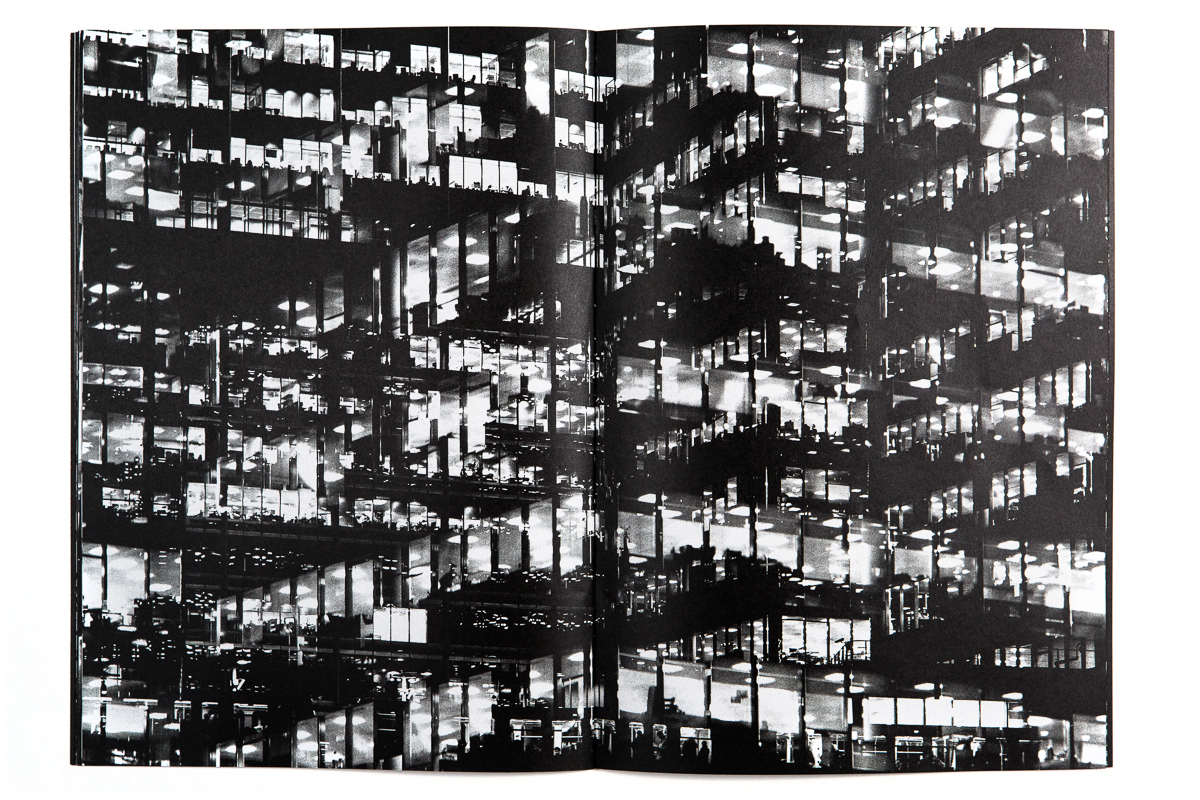 Lewis Bush (born 1988 in London) is a British photographer, writer, curator and educator. Bush studied history at the University of Warwick and gained a master’s degree in documentary photography from London College of Communication, where he lectures on photojournalism and documentary photography. In his work bush seeks to draw attention to forms of invisible power that operate in the world – such as finance. Bush has the standpoint that ‘power is always problematic because it’s natural resting state is arbitrary and untransparent’. Bush’s projects tend to incorporate writing and he has written about photography for a range of national and international print and web titles.
Lewis Bush (born 1988 in London) is a British photographer, writer, curator and educator. Bush studied history at the University of Warwick and gained a master’s degree in documentary photography from London College of Communication, where he lectures on photojournalism and documentary photography. In his work bush seeks to draw attention to forms of invisible power that operate in the world – such as finance. Bush has the standpoint that ‘power is always problematic because it’s natural resting state is arbitrary and untransparent’. Bush’s projects tend to incorporate writing and he has written about photography for a range of national and international print and web titles.
